Sony BRAVIA 9 is undoubtedly a top-tier product, and there’s no "but" about it, as this is a fact, not a thesis. It’s evident everywhere you look how much effort the manufacturer has put into perfecting the dimming algorithms, which undoubtedly perform their role to every possible degree. Thanks to this, we can enjoy an incredibly deep black and an amazingly vivid image. And since we’re talking about the picture and backlighting, one cannot help but mention the quality of HDR effects, which will brighten the room, enveloping us in over 2000 nits of peak brightness. Such a result certainly looks impressive on paper, but you have to trust us that it’s even better in person. The manufacturer, known for its meticulous approach to image quality, has once again endeavoured to ensure that its television faithfully reproduces what the film director intended to convey, and it has succeeded brilliantly. The Sony Bravia 9 also offers an excellent user experience thanks to the Google TV system. The interface is intuitive, and with a rich library of apps, we have access to countless contents that we can tailor to our own preferences. The integration with Google Assistant allows for quick and convenient searching of favourite movies, shows, or music, as well as controlling other smart devices in the home. It’s these kinds of solutions that make using the television not just a pleasure but also simplifies daily life. Unfortunately, not everything is perfect. The Sony Bravia 9 still has room for improvement, particularly regarding the HDMI port configuration. Sony BRAVIA 9 has only two HDMI 2.1 ports, one of which is eARC, that is a port for a soundbar or home theatre system. For such an expensive piece of equipment, one might expect four full HDMI 2.1 ports, and the lack of Picture-in-Picture (PiP) functionality is also a drawback that can be annoying. Despite these shortcomings, it’s hard not to notice just how exceptional this equipment is. It’s the first LCD television that can truly compete with OLEDs. Infinite contrast, fantastic picture quality, zero compromises — Sony BRAVIA 9 is nearly perfect. Excellent picture, modern technologies, attention to detail make every viewing experience one you won’t forget.
- Matching (Score)
- Our verdict
- TV appearance
- Where to buy
- Contrast and black detail
- HDR effect quality
- Factory color reproduction
- Color reproduction after calibration
- Smoothness of tonal transitions
- Image scaling and smoothness of tonal transitions
- Blur and motion smoothness
- Console compatibility and gaming features
- Input lag
- Compatibility with PC
- Viewing angles
- TV efficiency during daytime
- Details about the matrix
- TV features
- Apps
- Playing files from USB
- Sound
Sony Bravia 9 (XR90) vs TCL C6K
Direct compare
BRAVIA 9 / XR90
C6K / C69K / Q6C

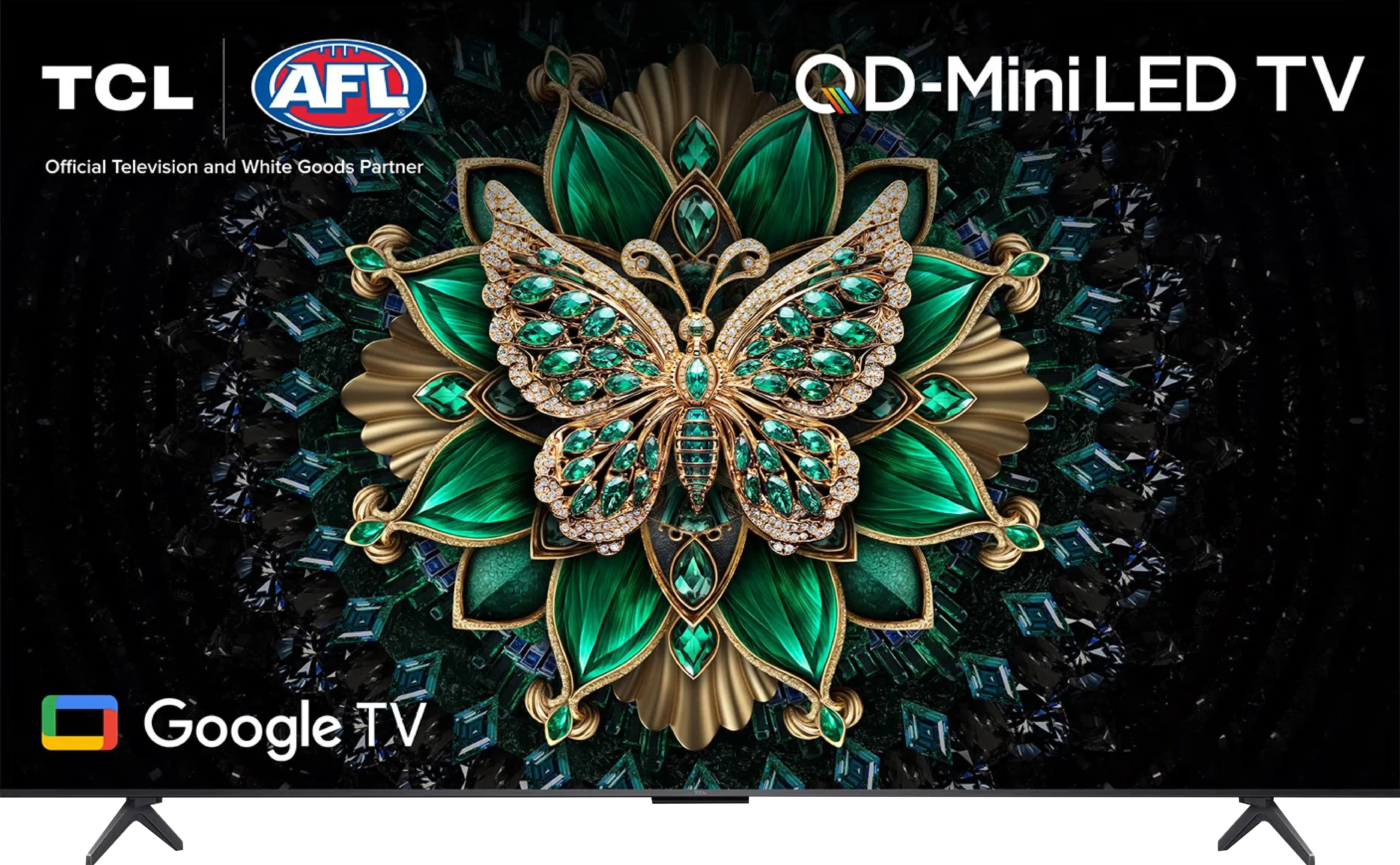
Panel type: LCD VA (wide viewing angle)
Resolution: 3840x2160
System: Google TV
Model year: 2024
Complete the survey to find out the result

Panel type: LCD VA
Resolution: 3840x2160
System: Google TV
Model year: 2025
Complete the survey to find out the result

Overall rating
8.8
7.1
Movies and series in UHD quality
8.4
6.7
Classic TV, YouTube
8.4
6.6
Sports broadcasts (TV and apps)
8.5
6.3
Gaming on console
9.2
8.4
TV as a computer monitor
7.6
8.6
Watching in bright light
9.5
6.4
Utility functions
8.8
7.0
Apps
9.6
9.6
Sound quality
9.4
6.5
Complete the survey to find out what fits your preferences
Advantages
Amazing HDR material brightness results
Very good colour reproduction after calibration
Advanced motion smoothing system
Noticeable positive impact of the image processor
Faithfulness to the source material
Versatile GoogleTV operating system
Good (for a VA panel) viewing angles
Very good contrast and black levels: VA panel and MINI-LED backlighting
Good motion smoothness: High refresh rate of 144Hz
Decent panel brightness
Many features for gamers: VRR, ALLM, HDMI 2.1, HGiG
Additional mode for PC gamers: 240Hz
GoogleTV system with a wide selection of apps
Support for multiple HDR formats including Dolby Vision
Support for Dolby Atmos and DTS
Very attractive price
Disadvantages
Only 2 HDMI 2.1 ports - including one ARC
No picture-in-picture (PiP) feature
Management of the backlighting could be better
Language errors in the system
Our verdict
TCL C6K is a TV for those who want to combine gaming and watching movies with good contrast, all without breaking the bank. With its VA panel illuminated by Mini-LED, blacks are deep and contrast is high, making evening viewings look truly impressive. Additionally, it boasts decent brightness, which paired with Dolby Vision gives films a cinematic quality. Importantly, the smoothness of the image – the 144Hz refresh rate works wonders for sports and dynamic games, and gamers receive a full package of bonuses: VRR, ALLM, HDMI 2.1, HGiG, and even a 240Hz mode in PC. For daily use, the TV is powered by Google TV, which offers a multitude of apps and the Gemini AI voice assistant, making navigation convenient and flexible. It's also worth mentioning the sound – support for Dolby Atmos and DTS gives the impression that the device is ready not just for gaming. As is often the case, there are a few things that could be improved. The backlighting in challenging scenes can lose details or wash out blacks, and the Polish translations in the menu can be so clumsy that you really have to think about what’s being said. Despite this, the overall package holds up very well, and considering the price, the TCL C6K could be one of the more interesting choices for anyone looking for a versatile TV for movies, sports, and gaming. Especially when a good promotion comes along – and when TCL traditionally fine-tunes the details in updates.
TV appearance




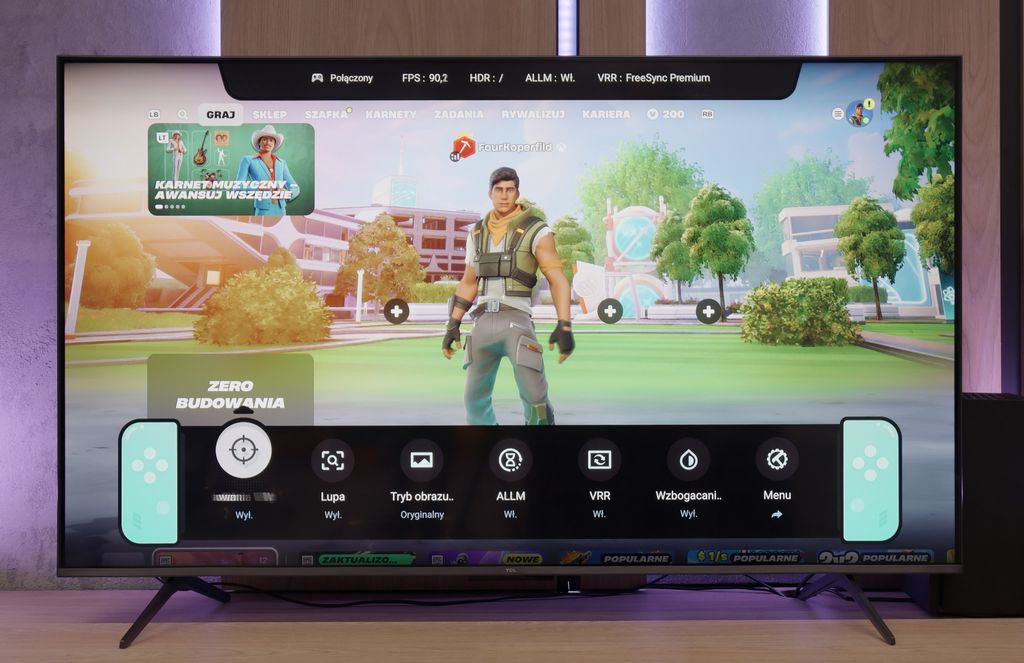
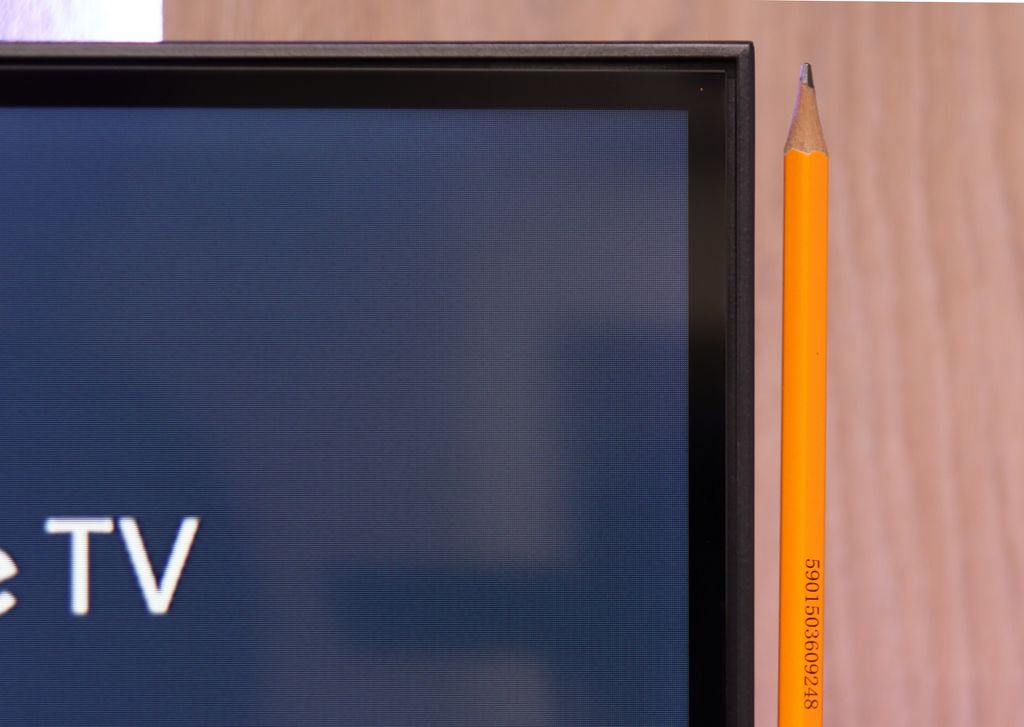
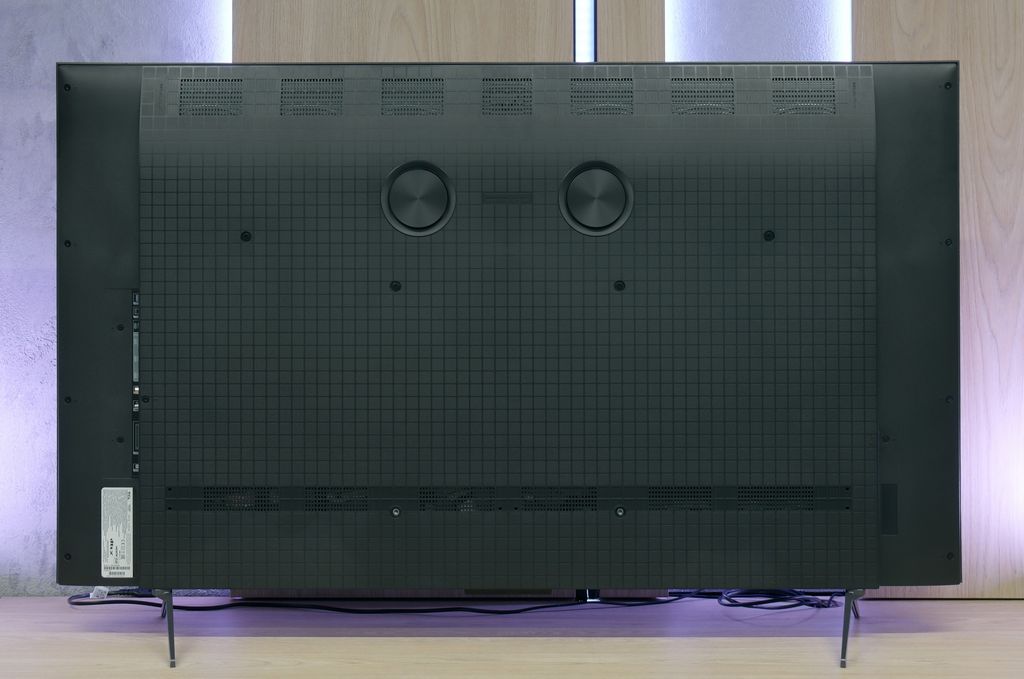
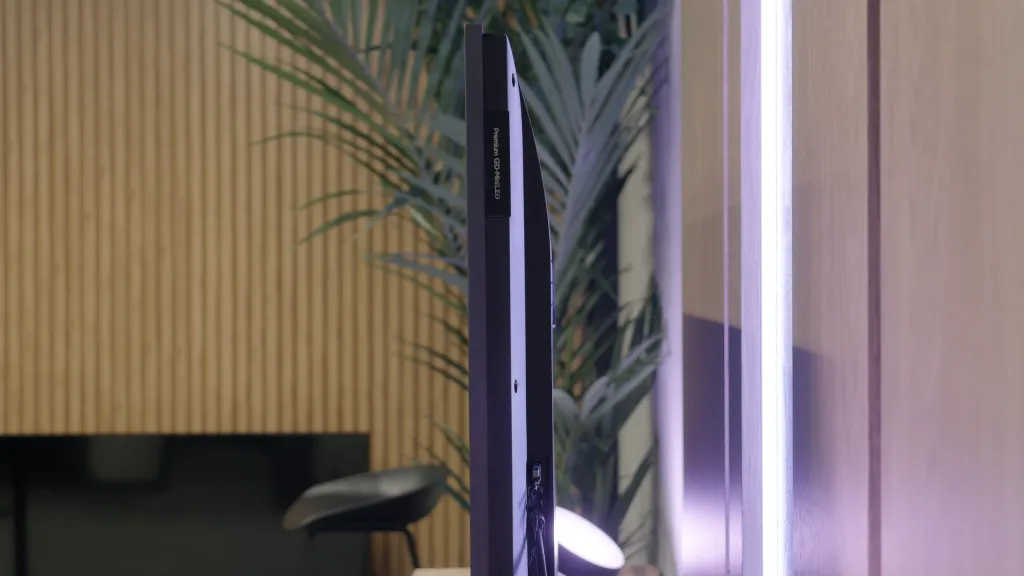
Contrast and black detail
8.6/10
7.3/10
Local dimming function: Yes, number of zones: 1920 (60 x 32)
Local dimming function: Yes, number of zones: 180 (10 x 18)
Contrast:

Result
184,000:1

Result
98,500:1

Result
120,000:1

Result
9,050:1

Result
5,800:1

Result
114,000:1

Result
17,300:1

Result
16,200:1

Result
9,900:1

Result
4,850:1
Halo effect and black detail visibility:

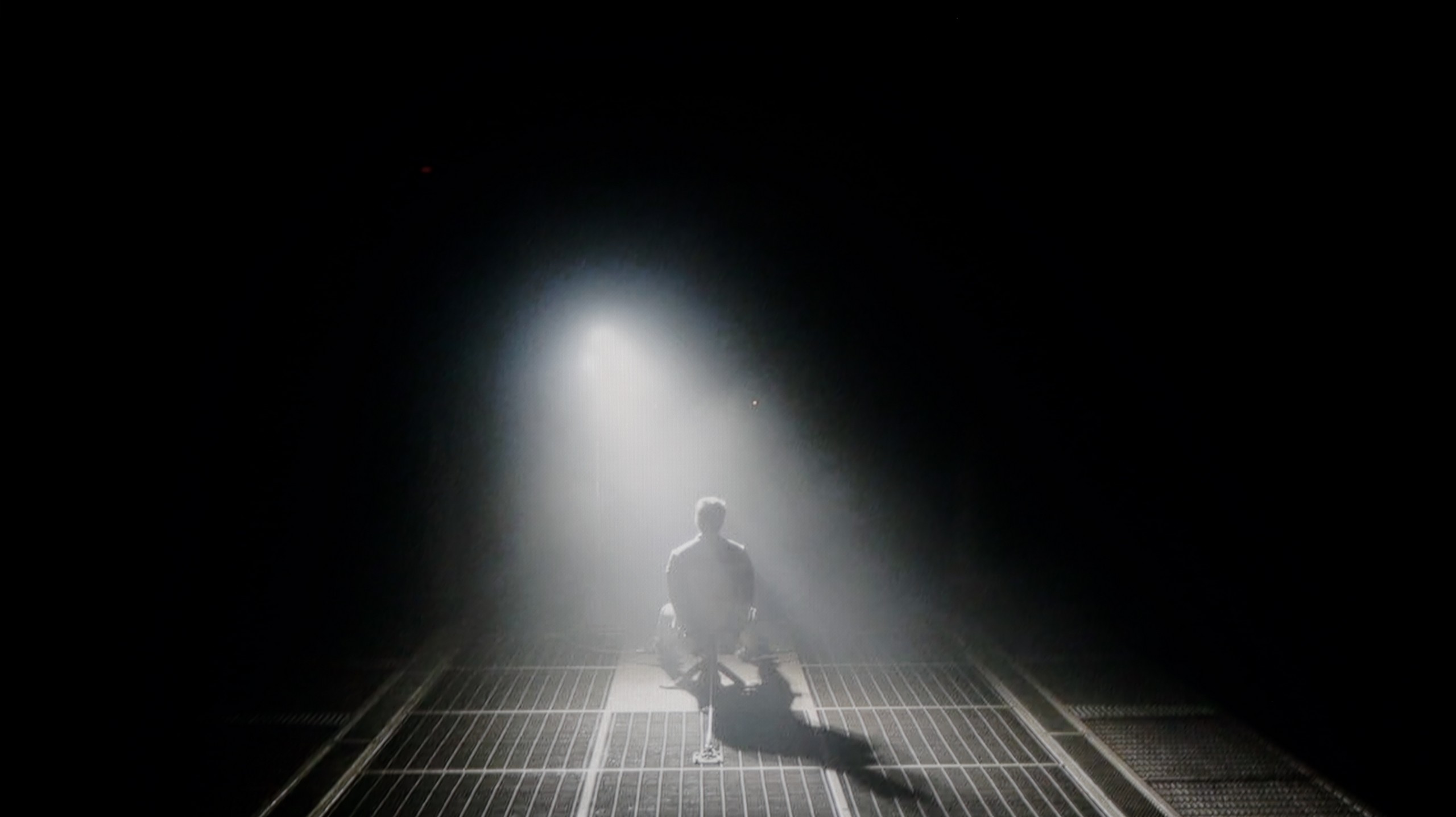
Similarly, the Sony Bravia 9 utilises a high-contrast VA panel, supported by a backlight made up of Mini LED diodes. The total number of zones for the 75" size we tested was 1920. Combining such a number with advanced, and one might boldly say — the best zone dimming algorithms delivers excellent results in contrast and black levels. Practically every scene can display an incredibly deep and immersive image. Of course, the last two won't give us blacks akin to OLED televisions, however, it's fair to say that the results are not weak, as a significant portion of competing TVs will not provide such a faithful representation of the director's vision. Looking below at two test scenes from the Sony Bravia 9 from the film Oblivion and Sicario 2, we can observe very mature behaviour of the backlight algorithms, which ensure that blacks are maintained without sacrificing the original image. Of course, the blooming effect still occurs here due to the operation of the TV's zones (it can be observed on the small lights on the helicopter), but it is definitely one of the best LCD TVs we have had the opportunity to test in terms of black levels and contrast.
The TCL C6K is based on a VA panel, specifically an HVA produced by TCL CSOT, which already delivers a solid native contrast of 6000–7000:1 without the use of local dimming. However, the true strength of this model lies in its Mini-LED backlighting with the ability to dim individual zones. In the tested 55-inch version, we counted around 180 zones, and as the diagonal size increases, this number naturally grows. For a television in this price segment, the contrast is truly impressive. In simpler film scenes, such as segments from 'Oblivion', it looks fantastic, and shots completely filled with black make a great impression. Of course, due to the characteristics of Mini-LED technology, it's not always possible to avoid issues – in more challenging frames with many bright details, halo effects can appear, or some elements may be dimmed too strongly (regardless of local dimming settings). Nevertheless, the contrast can be regarded as a strong point of the C6K.
HDR effect quality
8.6/10
4.9/10
Luminance measurements in HDR:

Result
2199 nit

Result
1700 nit

Result
1717 nit

Result
1751 nit

Result
1741 nit

Result
612 nit

Result
202 nit

Result
424 nit

Result
144 nit

Result
587 nit
Scene from the movie “Pan” (about 2800 nits)


Scene from the movie “Billy Lynn” (about 1100 nits)


Static HDR10


Dynamic: Dolby Vision
Dynamic: Dolby Vision


HDR luminance chart:
TCL C6K
HDR luminance
Sony Bravia 9 (XR90)
HDR luminance
The brightness measurement results on the Sony Bravia 9 are phenomenal. Each scene achieves well over 1500 nits, and while watching movies, the TV can sometimes shine even brighter. It goes without saying that such brightness allows for unprecedented experiences and engagement with video material at the highest possible quality. With a high coverage of the DCI-P3 colour gamut, the image is full of colours and, combined with such high luminance, it practically breathes. Thanks to the high peak brightness, viewers can enjoy the full spectrum of colours even in the most difficult scenes, such as those based on dynamic lighting changes. The Bravia 9 supports Dolby Vision and HDR10 formats, which further enhances the viewing experience.
TCL C6K is a moderately bright television that can showcase its full capabilities in the best movie conditions – the maximum brightness is around 600 nits. In scenes with large, intense light sources, the HDR effect can be truly satisfying, providing a sense of cinematic sparkle. However, it's important to remember that with local dimming management, there are situations where some elements become dimmed, and sometimes even barely visible. It is clear that there is a lack of proper optimization of the algorithms, although looking at the technical parameters in this price range, the build quality performs very well.
Factory color reproduction
8.1/10
5/10


Factory Mode
After calibration


Factory Mode
After calibration
The best factory mode on Sony televisions has remained "IMAX Enhanced" for years. This is what we used throughout the entire testing procedure. Despite being the closest to the reference compared to other predefined options, it has a number of aspects that can be improved to make viewing even more enjoyable. When we look at the gamma in SDR materials, we notice quite a significant boost that is related to over-contrasting the image. It is worth noting that the very beginning of the graph has an even greater spike compared to the reference, which leads to the merging of details in the blacks, creating a uniform blob. The EOTF curve in HDR content looked quite accurate and only showed slight deviations from the reference. However, a common characteristic for both was: a greenish tint in the white balance, issues with greys, and general colour misalignment. The most noticeable issue was related to the uneven distribution of colours in the white balance. Due to the excess of the aforementioned colour, the image was covered with an unpleasant greenish tint.
This year's TCL televisions have introduced the Filmmaker mode, and it must be said that it is definitely the best choice right out of the box. This is the mode we recommend for everyday viewing of movies and series. Unfortunately, as is often the case, the best does not mean perfect. In the case of SDR content, the image was too warm, as the red was quite prominent in the white balance. On the other hand, with HDR content, we had the opposite impression – the image became cooler than it should have been, due to an excess of blue. There is also the brightness characteristic, which at times led to overexposure. In practice, these issues combined resulted in quite noticeable errors in colour tests, which are hard to accept in a mode advertised as “by the creators”.
Color reproduction after calibration
9.3/10
7.5/10

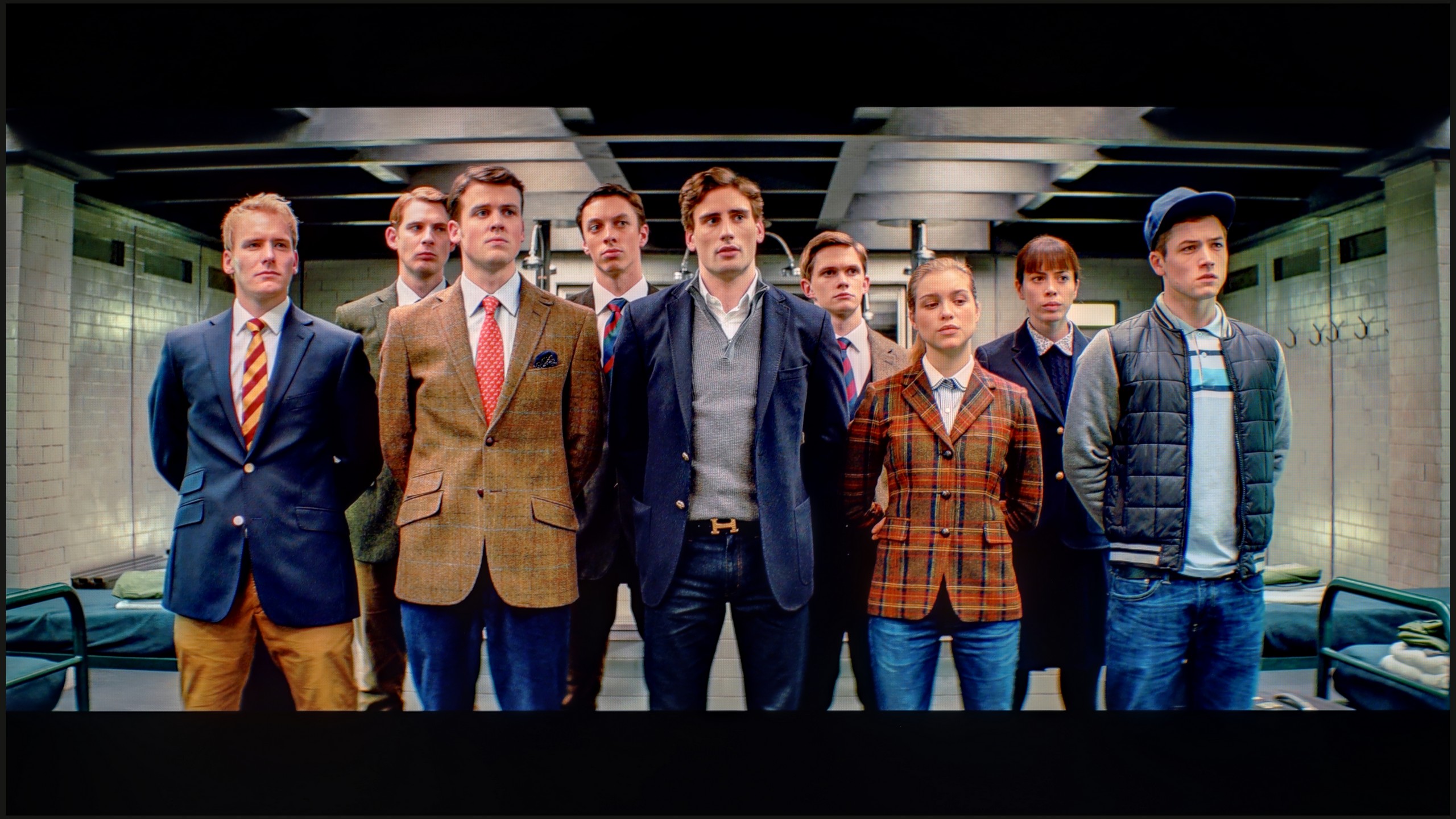

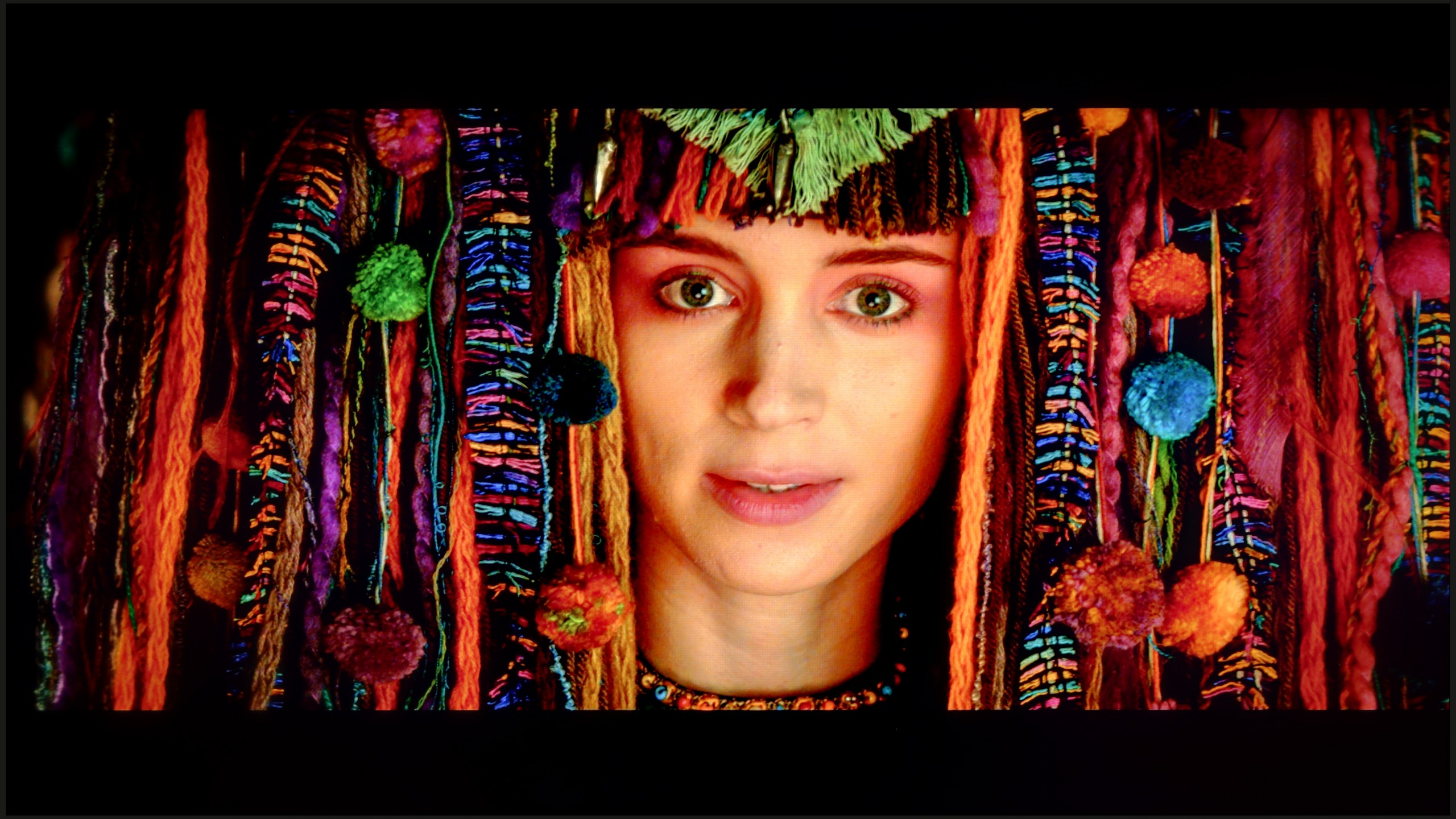
The colour reproduction after the calibration process should be regarded as excellent. Regardless of the signal, whether it's SDR or HDR, we can expect an image incredibly close to what the film director saw. Practically every image flaw has been modelled and maximally improved. This was made possible by the advanced tools used for the calibration process, which Sony has provided in its televisions for years, including 2- and 20-point grey scale adjustment and a very elaborate CMS.
Thanks to the white balance adjustment, we were able to significantly reduce the C6K's tendency to distort colours, which resulted in a very good end result. After calibration, we won't observe the effect of excessive warming of scenes in SDR or overly cooling the image in HDR. However, it is worth taking a closer look at the brightness characteristics. In SDR content, it's hard to have major objections – the picture looks really good, especially in older movies, TV shows, or material from YouTube. It performs significantly worse with HDR content. An analysis of the EOTF curve suggests that everything is fine, but in practice (EOTF in movies), the limitations of the construction become apparent. The television tends to excessively brighten the smallest fragments of the frame, and in other situations, it can overly dim the entire scene. The effect of calibration is therefore noticeable, and regarding colourimetry, the C6K has really gained a lot, but certain limitations resulting from local dimming and actually from its management by the C6K simply cannot be overlooked.
Smoothness of tonal transitions
7.1/10
9.5/10

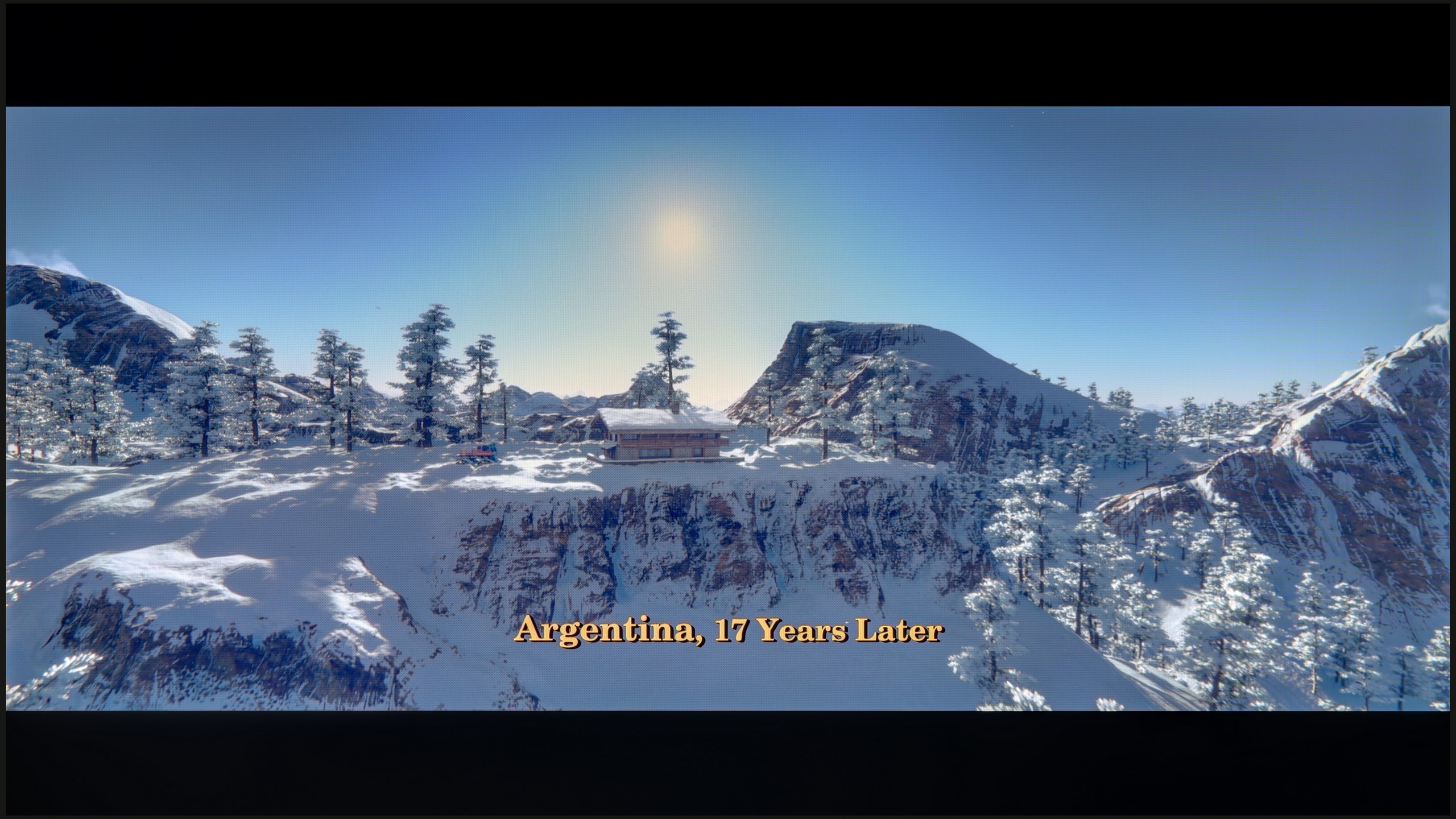

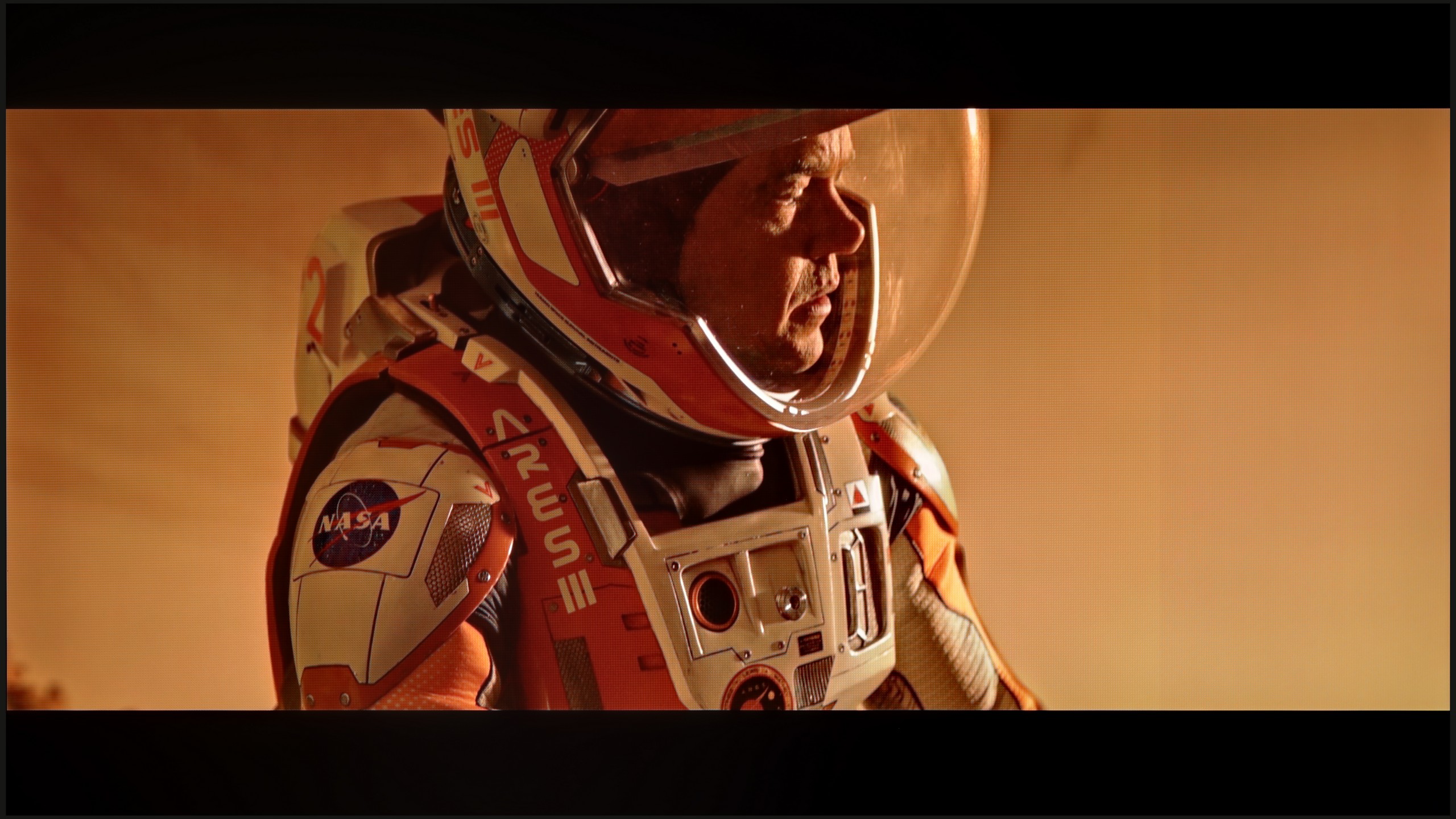

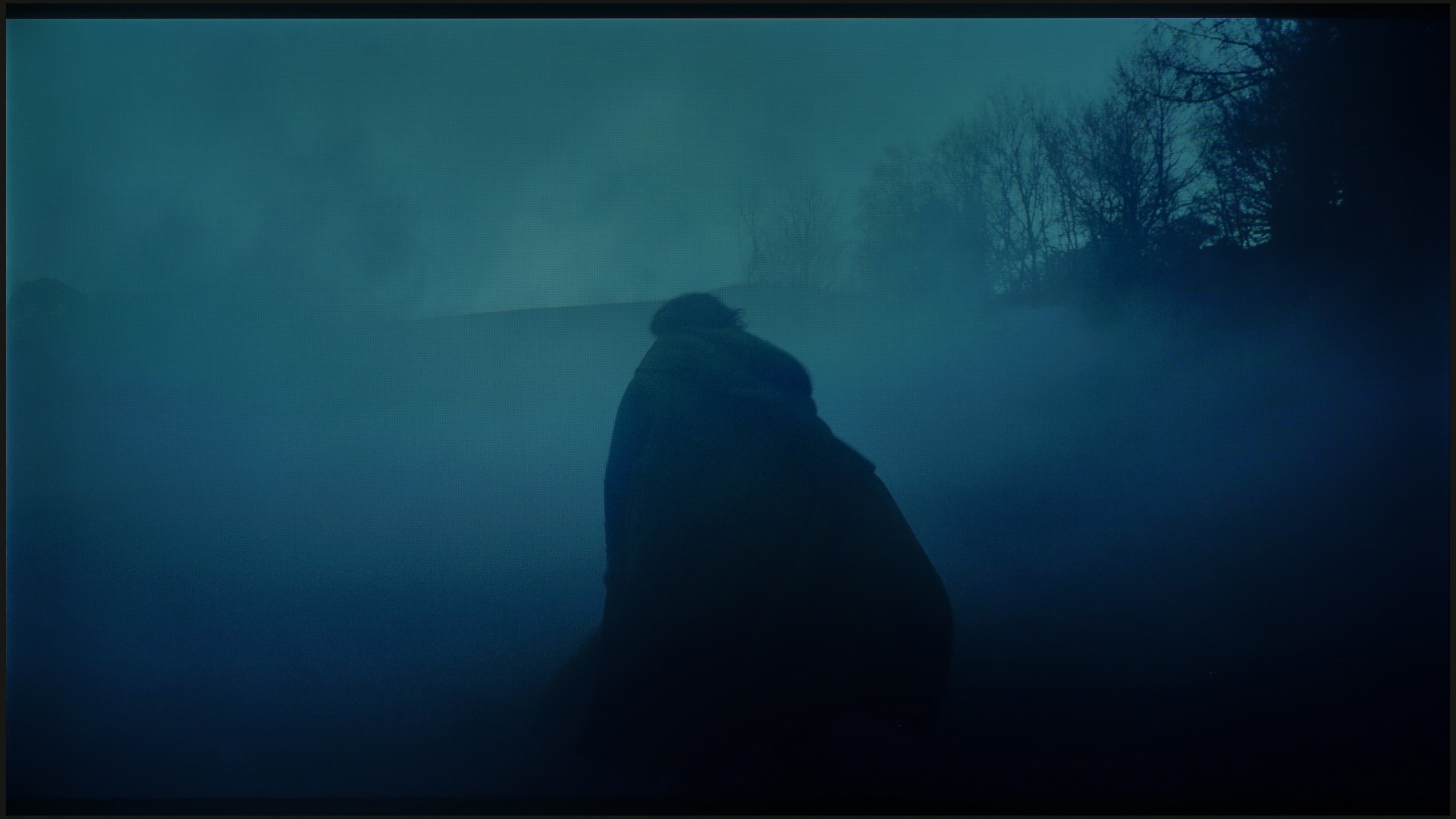

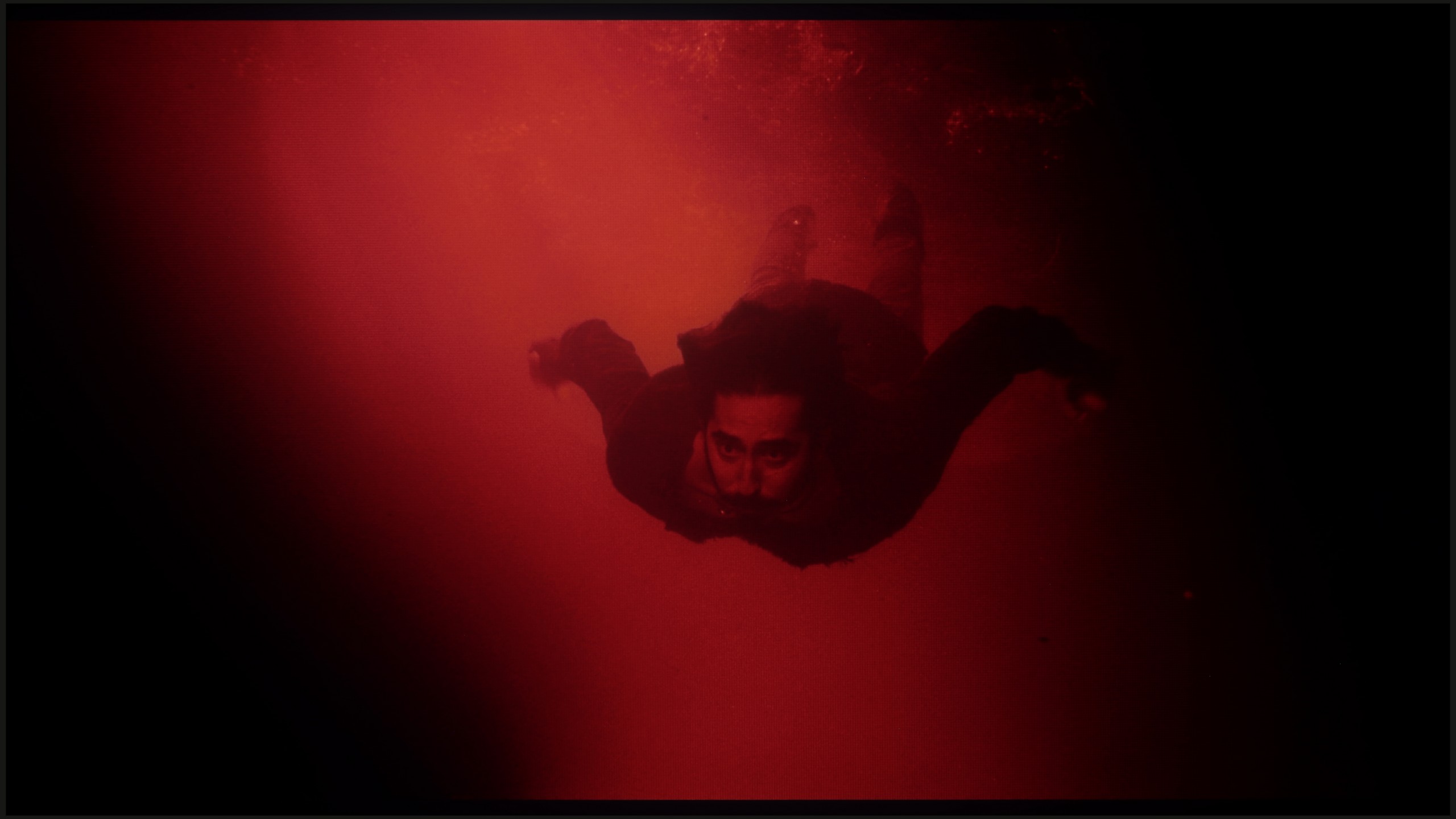




The default quality of gentle gradation, i.e. without the enhancement feature activated, is fairly average, considering the price range and class of the device. The issue isn't noticeable with very bright backgrounds, but it's quite prominent on dark ones. This is perfectly illustrated by the last two test scenes, where tonal transitions are apparent and may cause discomfort to image purists.
The transitions between colours in the C6K are very smooth, and it’s hard to nitpick any banding. The image looks natural, and any minor imperfections can only be noticed on bright test patterns – and only with really careful viewing. In everyday use, the effect is simply fantastic, and it’s safe to say that in this category, the C6K performs outstandingly.
Image scaling and smoothness of tonal transitions
8.5/10
5/10
Smooth transition function

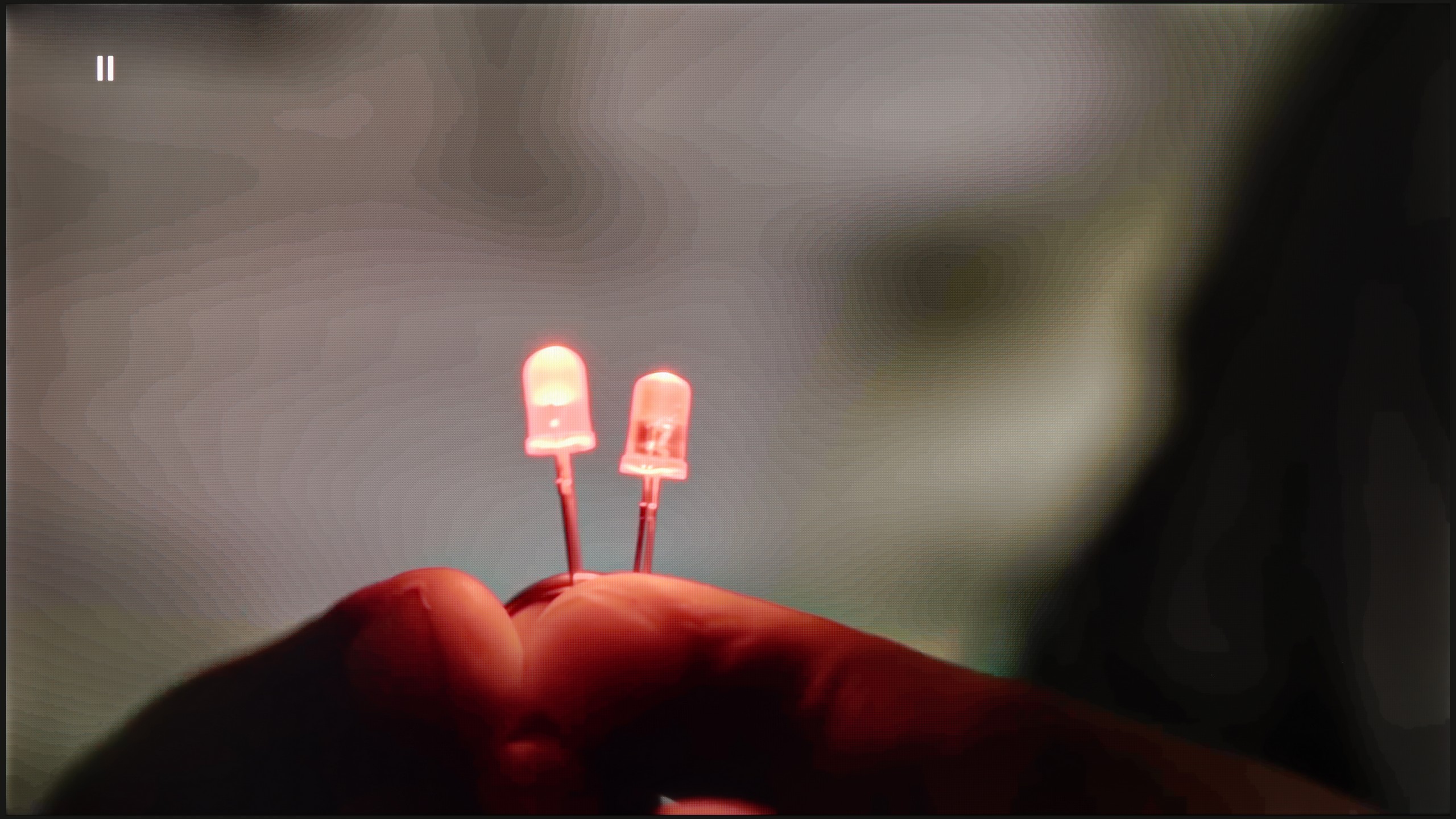
Image without overscan on the SD signal


Let's take another look at the quality of tonal transitions, but this time we will analyse the quality of image scaling, which will be crucial when watching lower quality materials. We'll start with the function responsible for the quality of tonal transitions. While they are quite average by default, after activating the option, even at the smallest degree, we can confidently say that these are some of the better ones we've seen. You can confidently enable this function, as it does not cause any negative phenomena, such as grain blur.
Sony has been boasting for several years that its "XR" processor is unmatched when it comes to image scaling. And it's not hard for us to believe that, because the image is indeed incredibly sharp, yet very natural.
TCL C6K performs quite well in terms of upscaling. Lower quality materials appear acceptable, and the absence of overscan issues means the image is displayed in full, without cropping. However, one cannot expect miracles – very low quality content won't come to life here, as the image processor has its limitations. On thin lines or details, there is characteristic tearing visible, which indicates a lack of advanced image enhancement algorithms. It is also a shame that the C6K lacks the function of smoothing tonal transitions – in older films or video materials, colour banding can be noticeable and may be distracting during longer viewing sessions.
Blur and motion smoothness
8.5/10
7.3/10

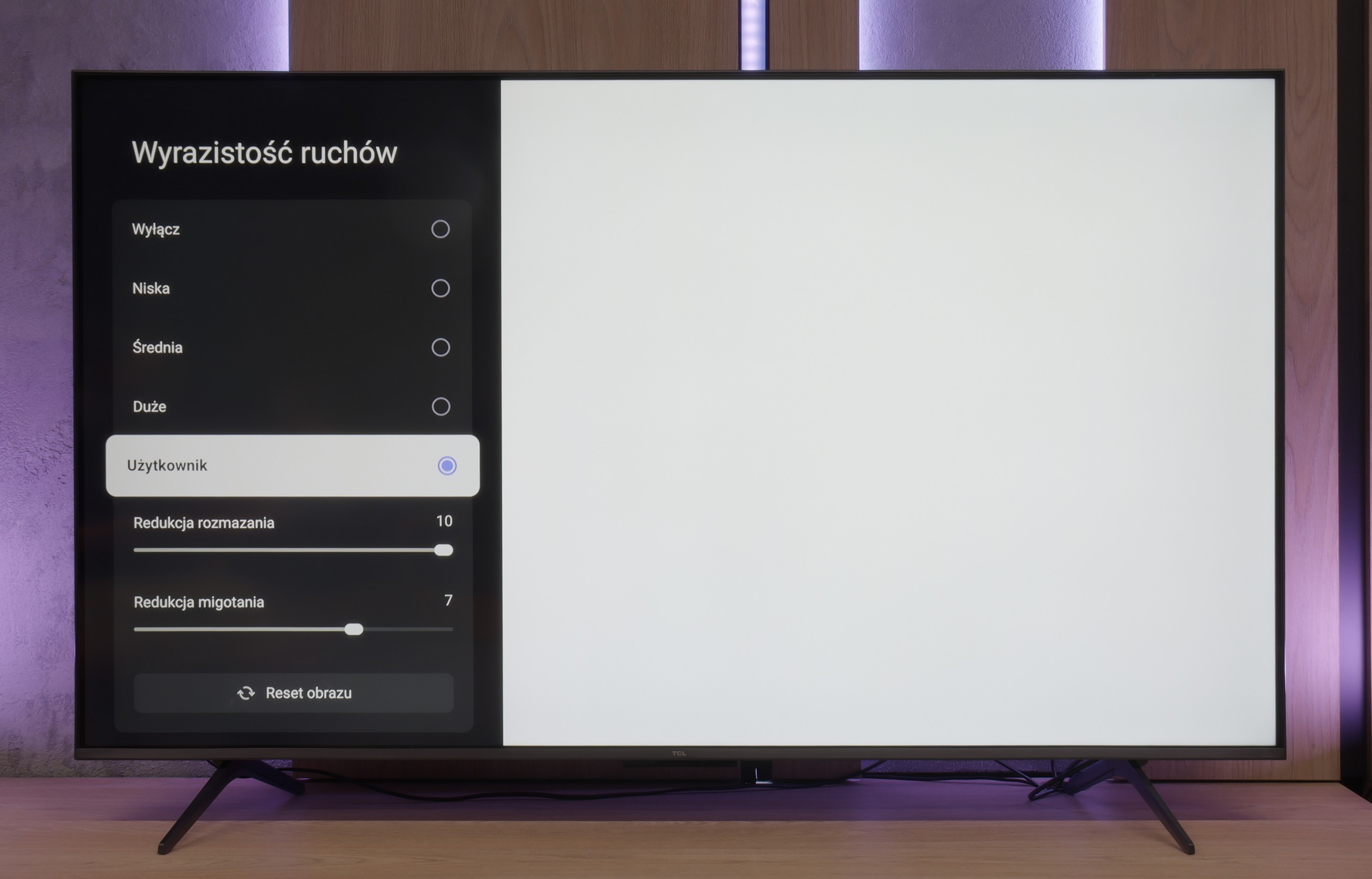
Blur (native resolution, maximum refresh rate):



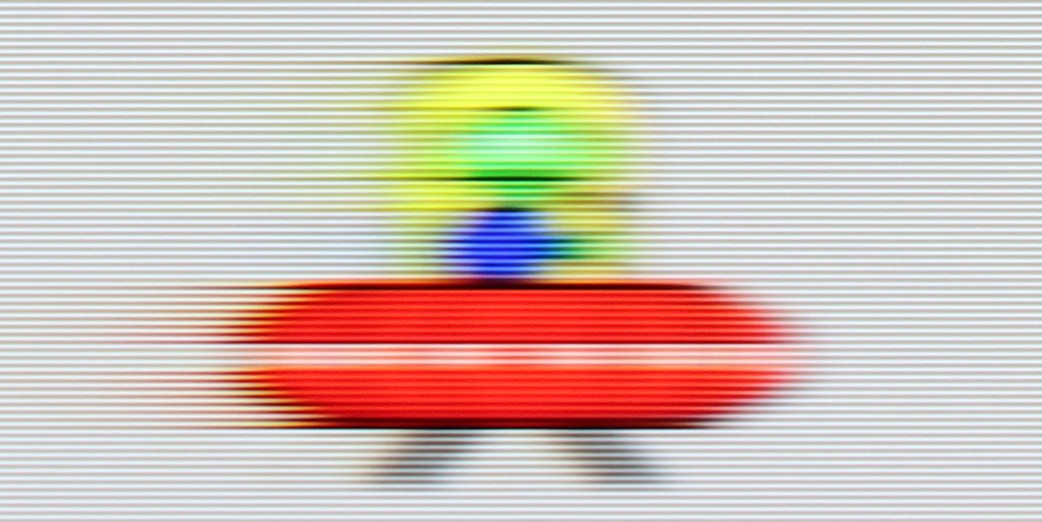
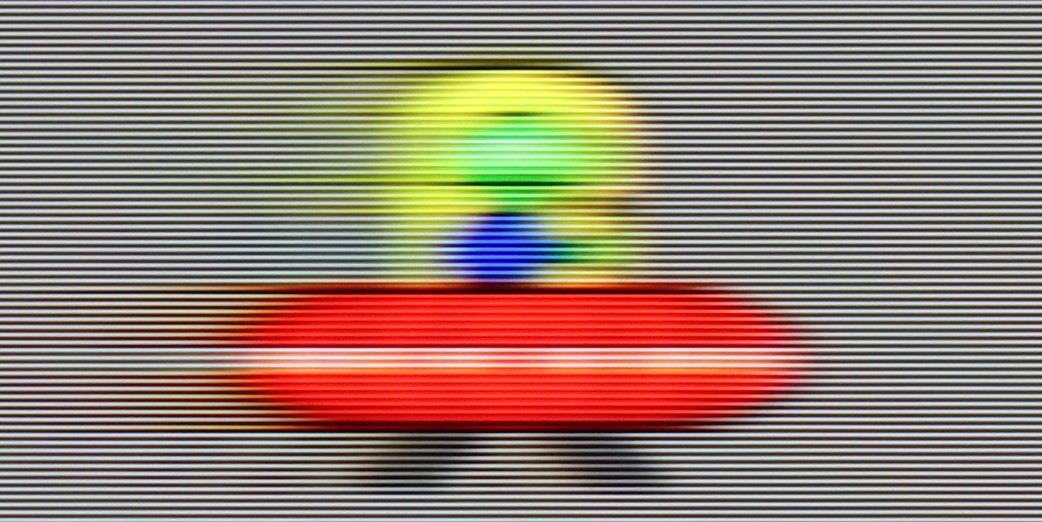
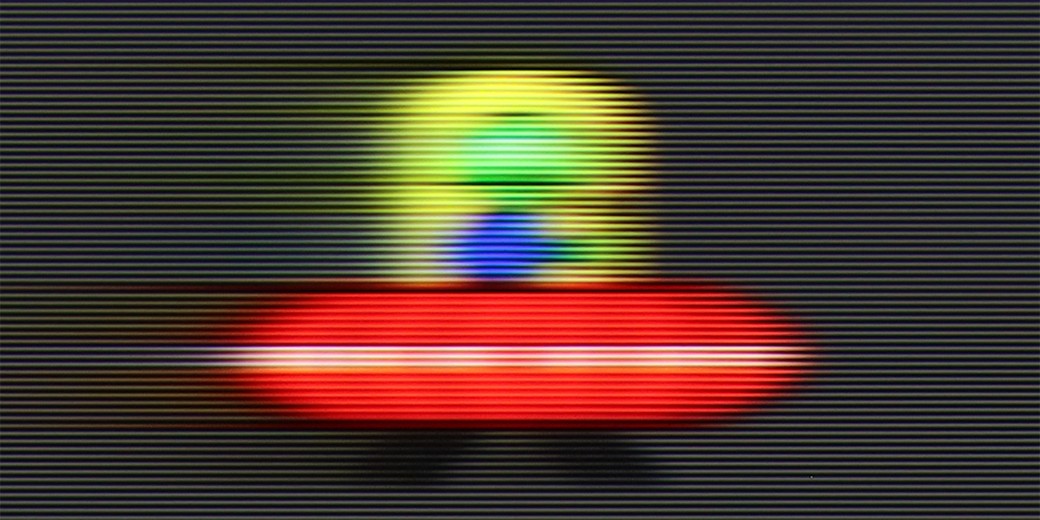
Blur (BFI function enabled):




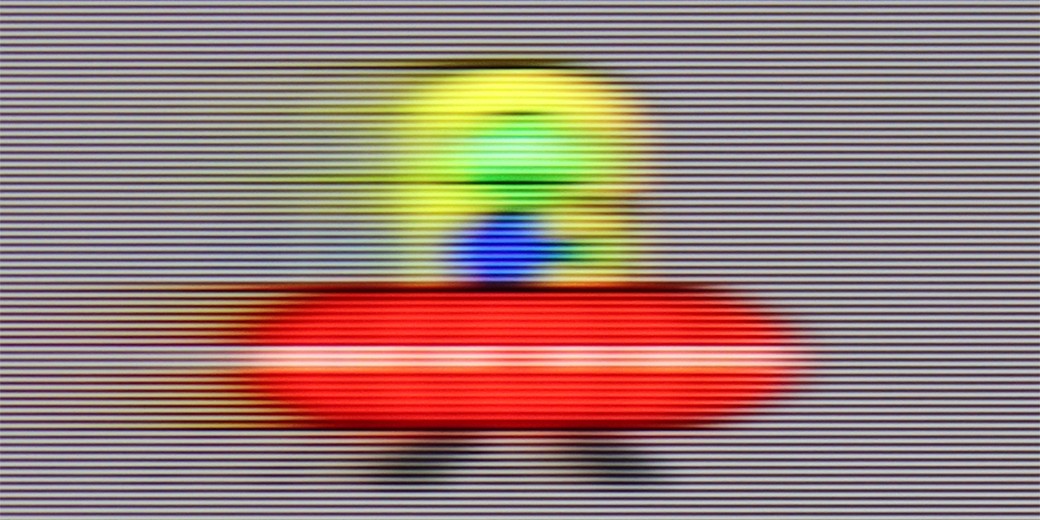
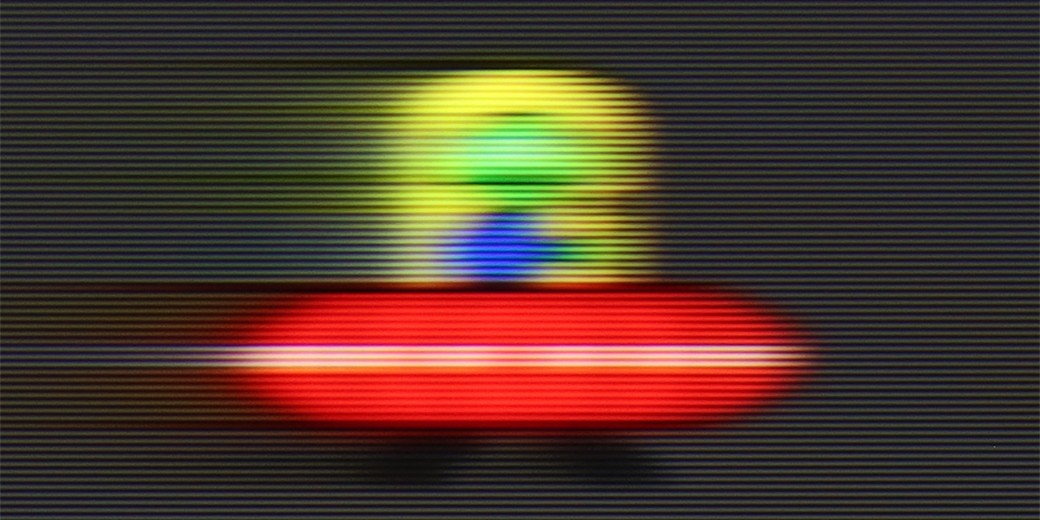
The maximum refresh rate of the Sony Bravia 9 is 120 Hz. This is the essential minimum for watching primarily sports or content that has a lot of movement dynamics while maintaining a sharp and smooth image. For demanding users, the manufacturer has implemented a very advanced smoothing system, which is divided into three segments: Smoothness (Film), Smoothness (Camera), and Clarity. The first two correspond to: blur degree and smoothing degree, respectively. The third option will be described in more detail below. Additionally, we can adjust all settings to various levels, each of which will have an effect, ensuring that we can find our very own sweet spot. In the photo, we present a setting with slight smoothing, without the soap opera effect.
TCL C6K uses a 144 Hz panel, which is a significant advantage in this price range. It's an important step forward in comparison to the previous model C655 PRO, which only offered 60 Hz in 4K. The difference is especially noticeable when watching sports or playing games – the ball, players, or fast action in the game are displayed more clearly and without losing detail. An interesting fact is the panel's ability to operate at 240 Hz, which the manufacturer doesn't mention in official materials. We will return to this topic when discussing the PC gaming mode.
TCL has also added a feature for movie watchers: "Motion Clarity," which allows users to adjust the image according to their preferences with two simple sliders. You can either keep the visible film frame or opt for a very smooth, almost theatrical effect. This way, everyone can find settings that match their taste.
Console compatibility and gaming features
9.4/10
9.8/10
- ALLM
- VRR
- VRR range48 - 120Hz48 - 240Hz
- Dolby Vision Game Mode
- Correct implementation of HGIG
- 1080p@120Hz
- 1440p@120Hz
- 4K@120Hz
- Game bar

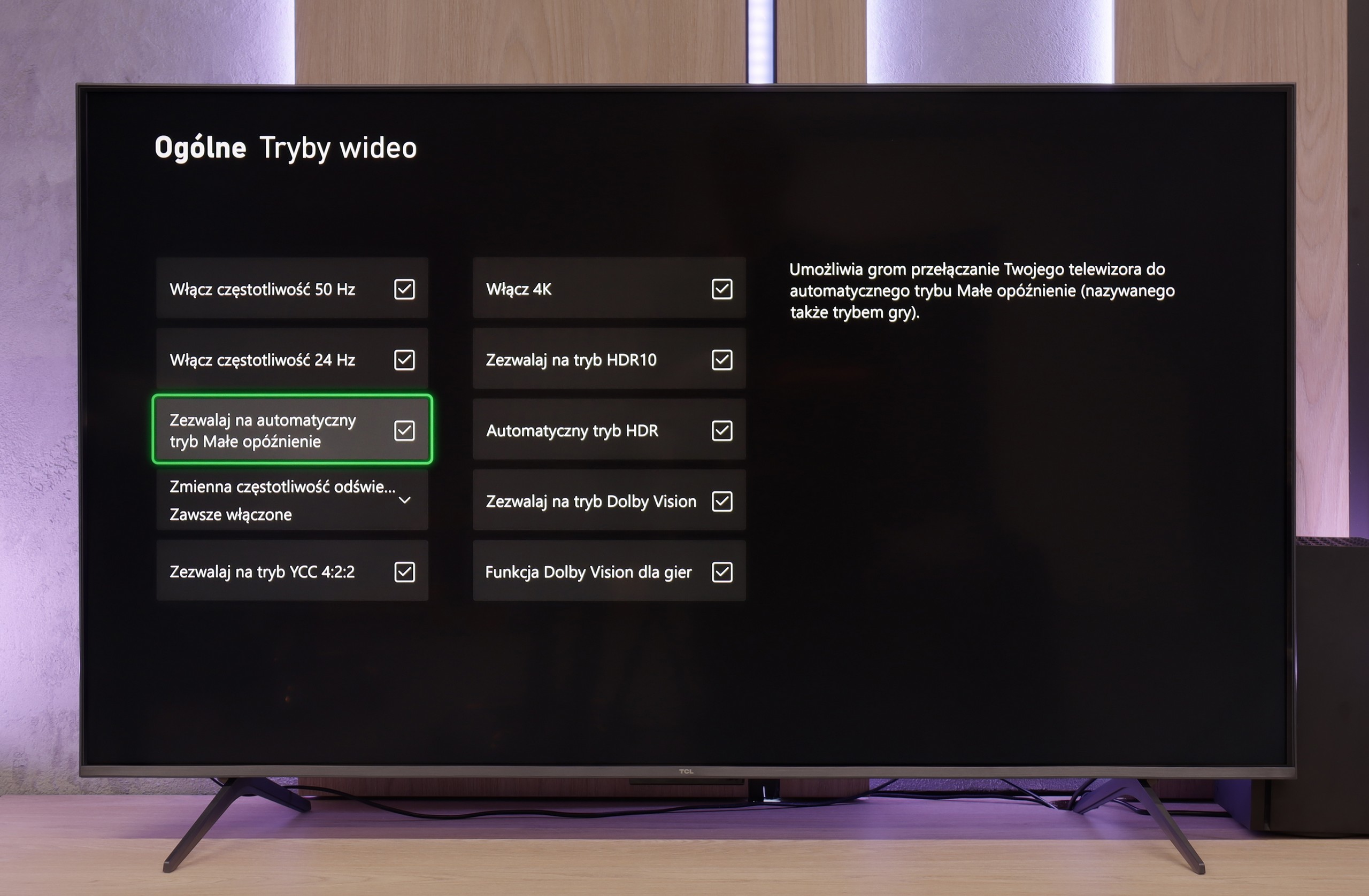

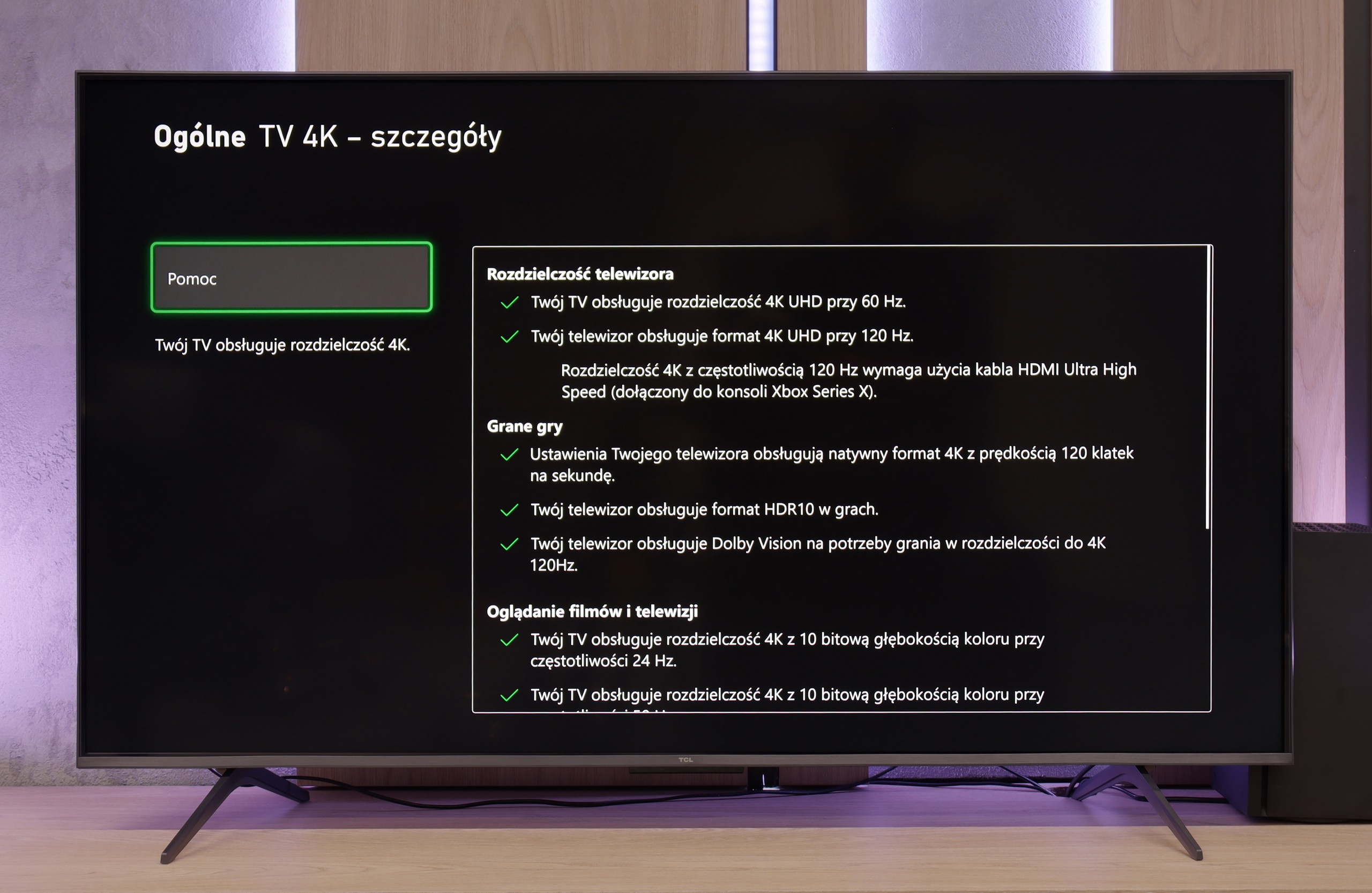

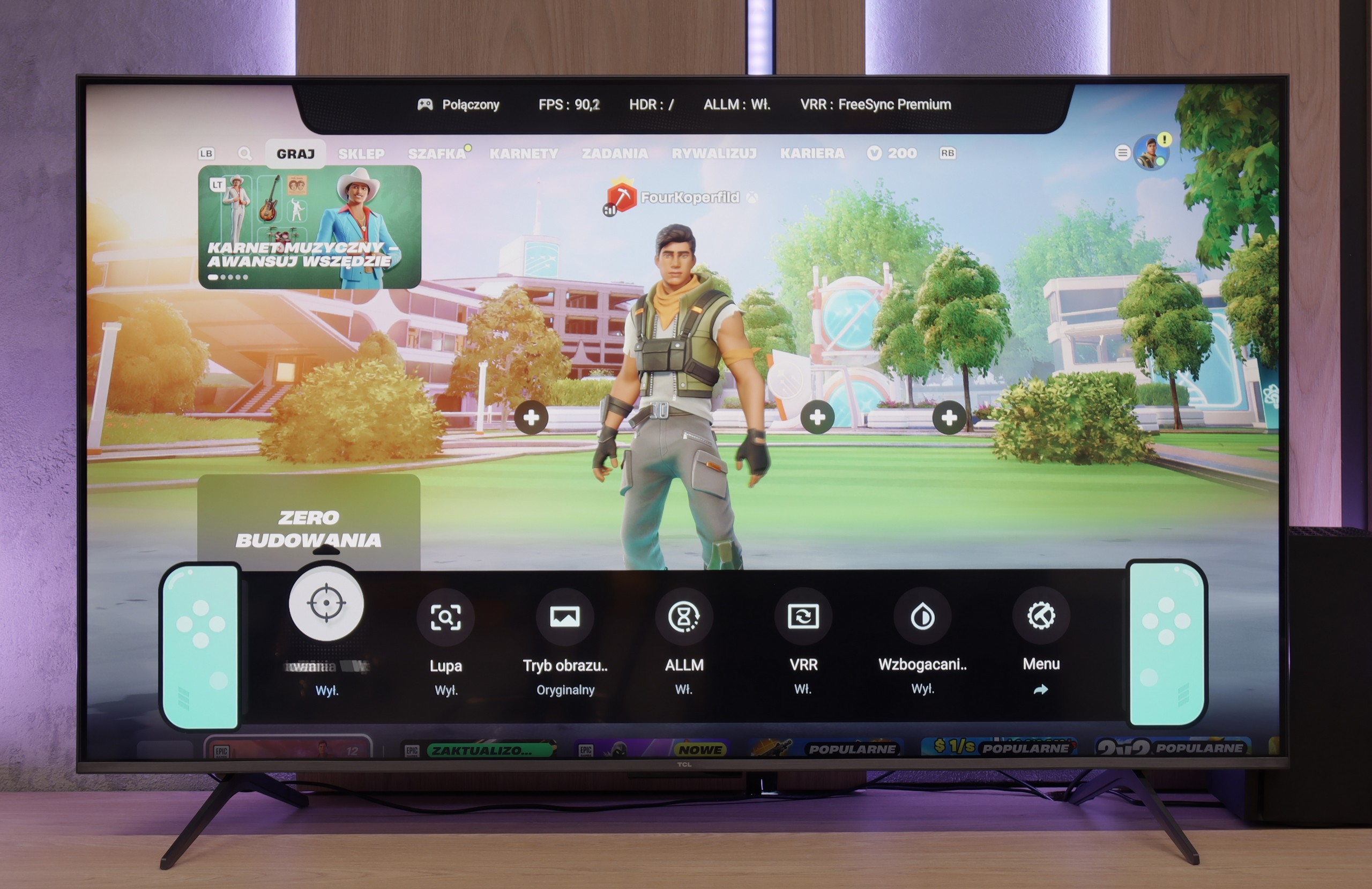

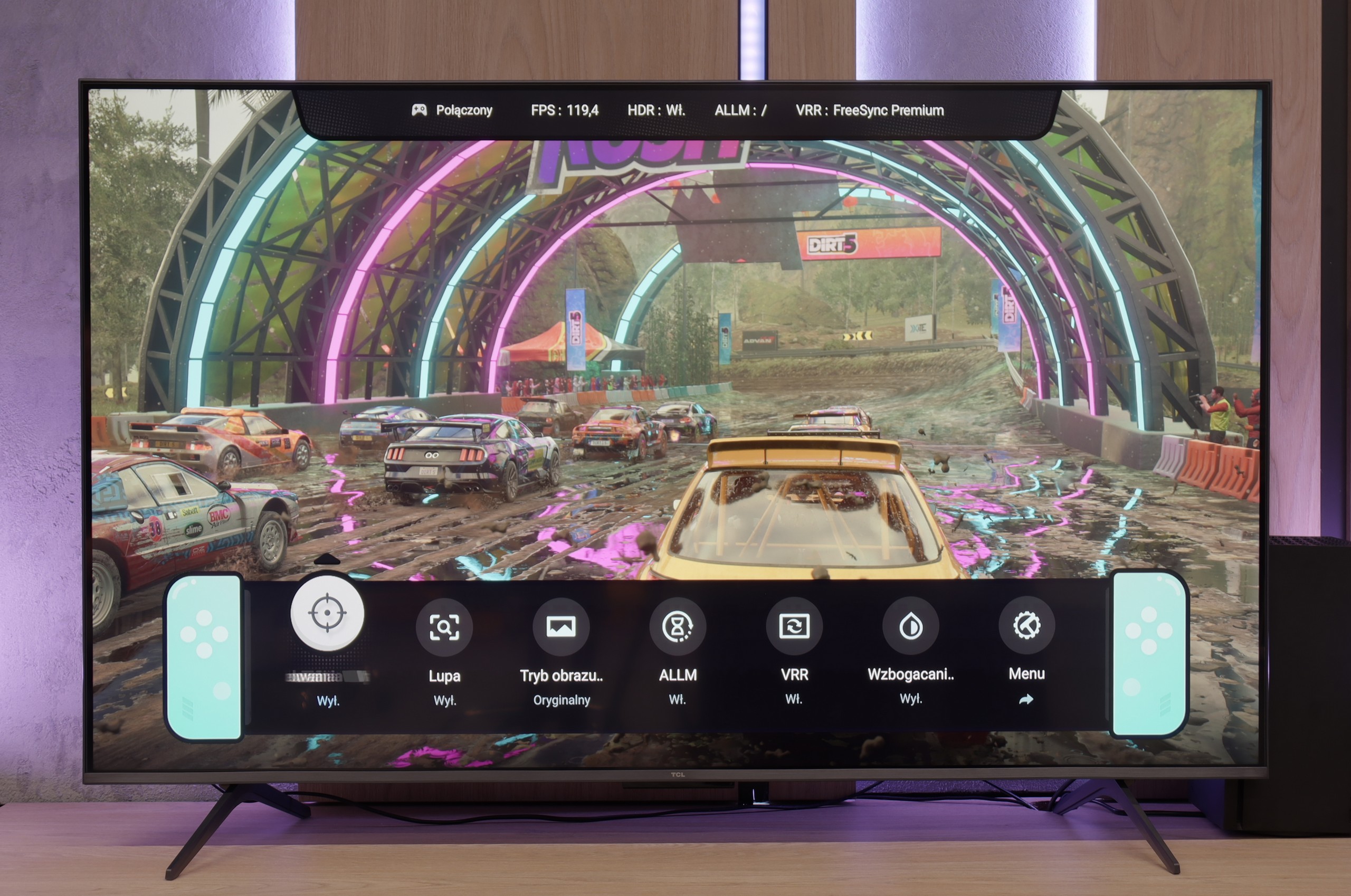
The Sony Bravia 9 television is equipped with four HDMI ports. However, somewhat incomprehensibly for this class of device, only two of them operate in the 2.1 standard. Nevertheless, it shouldn't be taken away that almost all features work excellently and do not cause any negative feelings upon being activated. Games operating in either HDR10 or Dolby Vision have a very short input lag, allowing for a very comfortable session with the title. A consolation remains in the good implementation of the HGIG mode, which after proper tuning does not deviate significantly from Dolby Vision.
A year ago, Sony added to its televisions what has been standard for some manufacturers for years. This is, of course, the GameBar, allowing for quick adjustment of settings without the need to exit the game. The implementation of this feature was successful and works very smoothly. We have been provided with conveniences such as: crosshair grid, black level correction, and the ability to reduce the screen to the proportions of gaming monitors.
Sony Bravia 9 will certainly find its group of fans, most likely among PlayStation enthusiasts. Here, we must admit that this will be the most sensible choice, as in practice both the console and the television have exactly the same capabilities. However, looking more broadly, aside from issues with Dolby Vision in games, one cannot deny that the Bravia 9 is a very good television in the context of gaming.
The TCL C6K is a television that can confidently be called equipment designed for gamers. We have 4K at 144 Hz, VRR support, an automatic gaming mode (ALLM), and Dolby Vision Gaming. On top of that, there's a practical Game Bar, which is a panel with the most important settings handy – useful when we want to quickly change something during gameplay (e.g. screen ratio: Yes, you can!). Notably, it has a wide range of VRR, reaching up to 240 Hz. However, this option is mainly for PC gamers who drop below the native 4K resolution. In that case, the television can spread its wings and show additional smoothness, especially in fast e-sport titles. For consoles, we stick with the classic limit of 120 Hz, but the possibilities are still quite broad. The only slight drawback is some minor motion blur that can occasionally be seen in dynamic scenes. Other than that, the C6K offers everything gamers expect from a television.
Input lag
9.7/10
9.7/10
SDR
HDR
Dolby Vision
Input lag for Bravia 9 is low in every scenario. Even the most dedicated gamers will certainly appreciate the very low input lag of 10 ms at demanding 4K 120 Hz with HDR settings.
In terms of input lag, the TCL C6K performs excellently. With 120 Hz content, the delay is around 10 ms, and at times even less. This is at a level where the response is practically instantaneous, and it’s hard to find any complaints. For 60 Hz materials, the result is around 18 ms – still a very good result, more than adequate for comfortable gaming.
Compatibility with PC
7.6/10
8.6/10

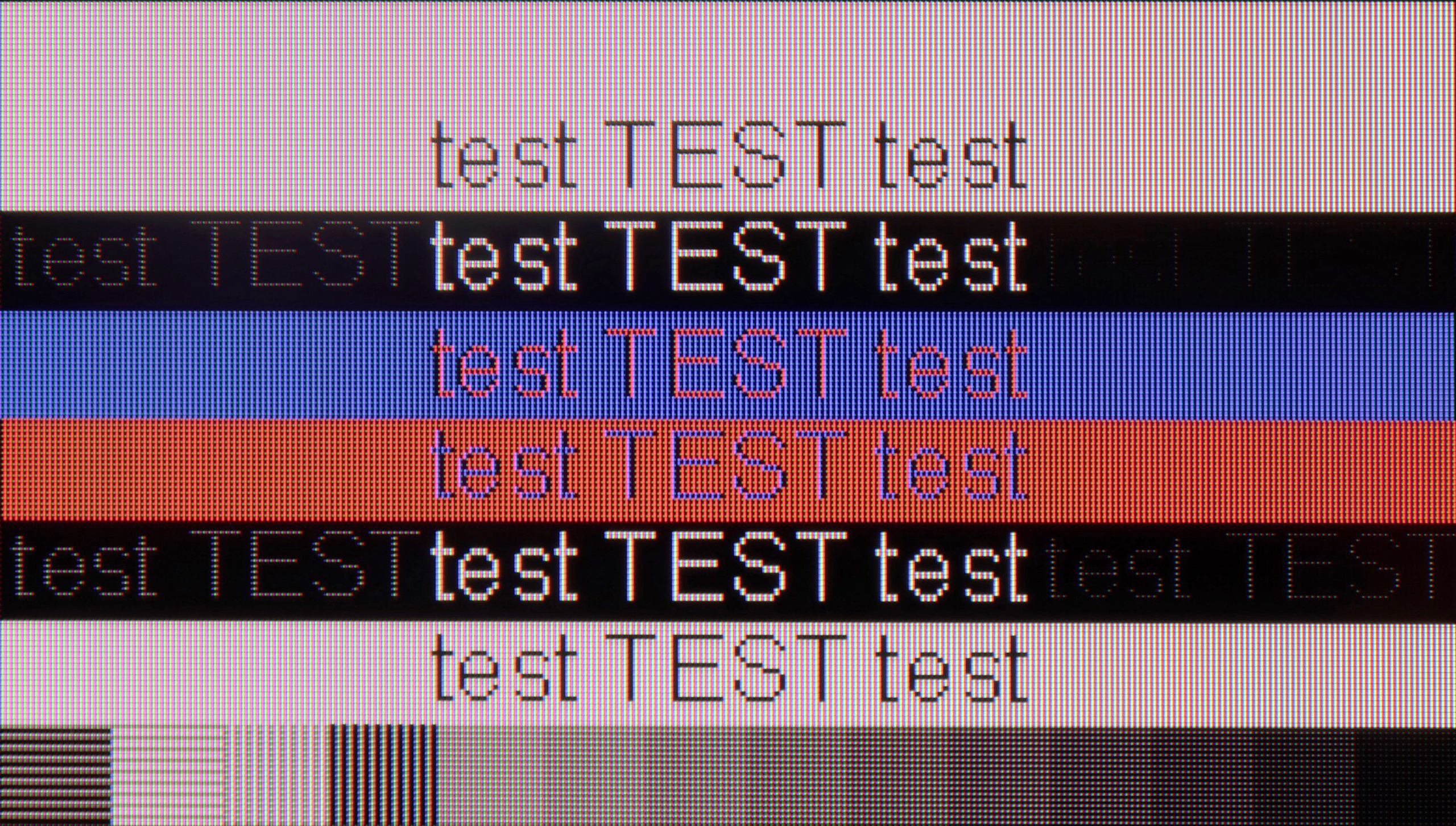
Sony Bravia 9 coupled with a PC performs excellently, thanks to its very low latency of just 9 ms, providing immediate response between the mouse, eye, and screen. An extremely important aspect while working on the screen is the readability of text, which in the case of the tested television is very good. However, it is essential to remember to switch the television to "Game" mode, as this provides the best text readability, while in other scenarios, the font may become unreadable.
The subpixel arrangement is BGR, which does not negatively impact using the television as a monitor. However, since operating systems are not adjusted for such a subpixel format, this may result in slightly less sharp contours. This is practically negligible, and only a handful of people may notice it.
After connecting the TCL C6K to the computer, it performs excellently. At native resolution, we have 4K at 144 Hz, and if we lower the resolution, we can even achieve 240 Hz. Additionally, the TV works well with Nvidia and AMD cards – it supports both G-Sync and FreeSync. It’s also hard to fault for office work. Fonts are sharp and readable thanks to 4:4:4 chroma support, and any minor imperfections are so negligible that they're simply not noticeable in regular use.
Viewing angles
7.4/10
3/10
Thanks to the use of an angular coating, colour degradation and contrast loss at an angle are not as drastic as in the vast majority of VA matrix televisions. Only after a significant shift off-axis does greater image destabilisation become apparent; however, the overall experience can be rated very positively.
In the TCL C6K, the viewing angles are typical for VA panels. Sitting directly in front, the picture looks very good, but any movement to the side results in a noticeable drop in colour saturation and brightness. The difference is particularly evident in colourful scenes – the hues become washed out, and the contrast loses its depth. Compared to IPS panels, this is clearly a weaker result, although the better black levels and higher native contrast remain a compensating factor – "you win some, you lose some".
TV efficiency during daytime
9.5/10
6.4/10

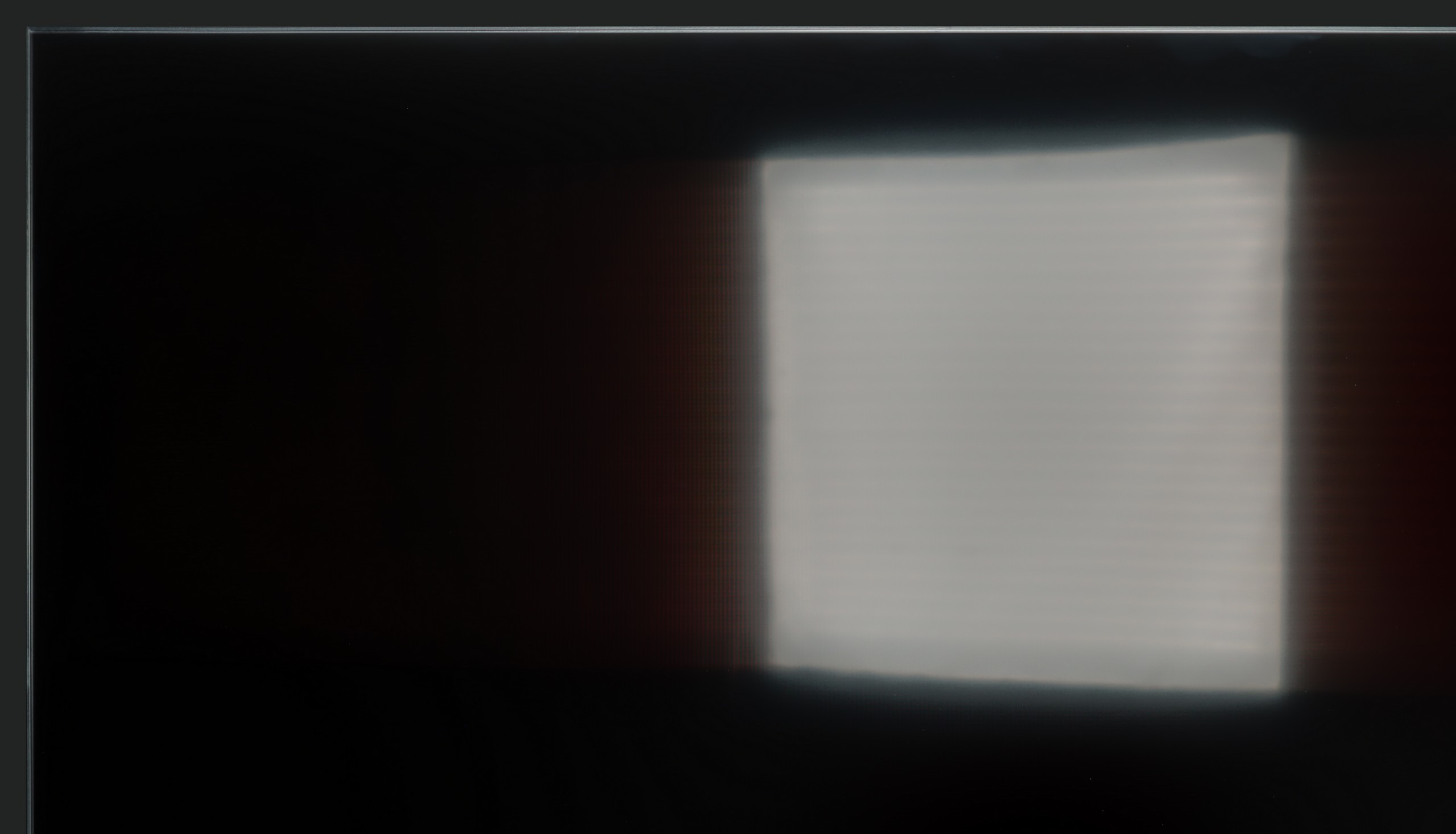


Matrix brightness
Average luminance SDR
TCL C6K: 532 cd/m2
Sony Bravia 9 (XR90): 1609 cd/m2
When watching during the day, we can count on an incredibly high brightness of 1600 nits, which allows for very comfortable viewing even when harsh angled light hits the TV. Even reflections that spill across the screen do not detract from the enjoyment of watching on a sunny day. For this reason, the Sony Bravia receives nearly the highest rating from us in this regard.
TCL C6K performs quite well in bright lighting conditions. The panel offers decent brightness – achieving around 550 nits in SDR content, which allows for comfortable viewing in a moderately lit lounge, even on days with strong light coming through the windows. This means that daytime viewing does not require complete darkening of the room. It's also worth noting that the screen coating does quite a good job of reducing reflections, so the TV doesn't turn into a "mirror" even with bright lighting. However, this is not on the level of top models with more advanced anti-reflective coatings – in very challenging conditions, such as large windows, reflections will be noticeable.
Details about the matrix
Subpixel Structure:

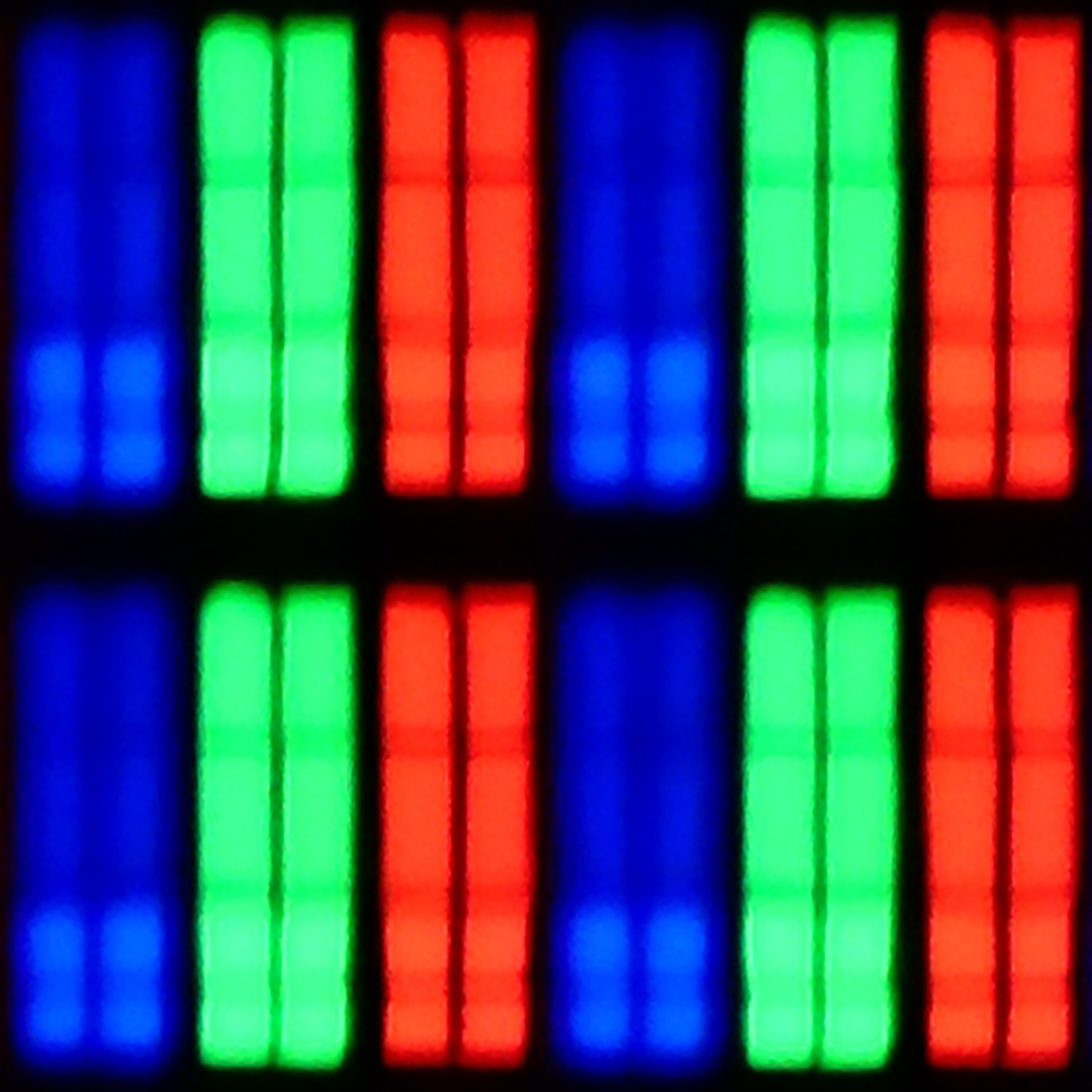
Panel uniformity and thermal imaging:

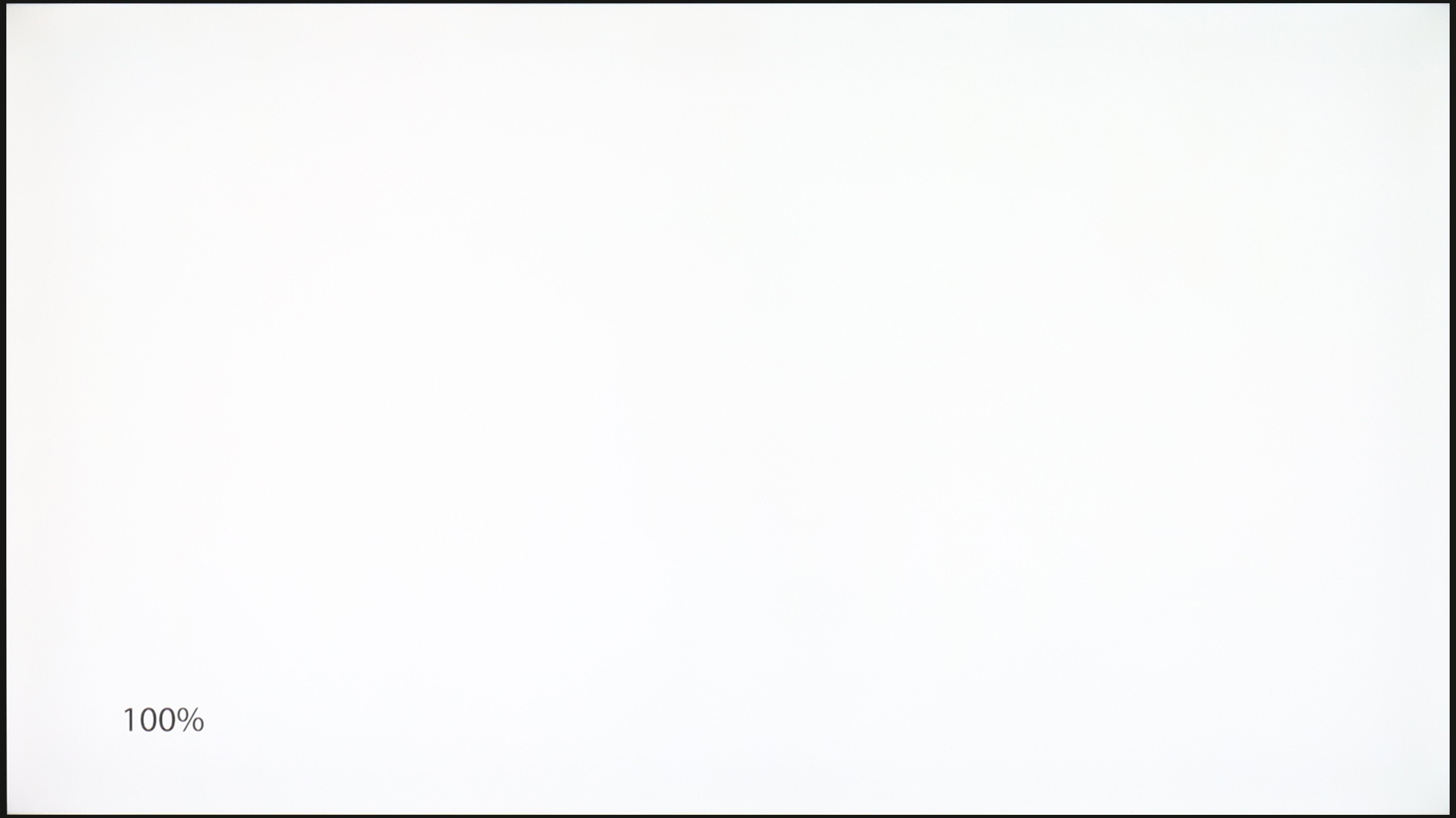
Sony Bravia 9 (XR90)
TCL C6K
TV features
8.8/10
7/10
- HDMI inputs2 x HDMI 2.0, 2 x HDMI 2.1 48Gbps2 x HDMI 2.0, 2 x HDMI 2.1 48Gbps
- OutputsToslink (Optical audio), eARC (HDMI), ARC (HDMI)Toslink (Optical audio), eARC (HDMI), ARC (HDMI)
- Network InterfacesWi-Fi 2.4GHz, Wi-Fi 5GHz, Ethernet (LAN) 100MbpsWi-Fi 2.4GHz, Wi-Fi 5GHz, Ethernet (LAN) 100Mbps
- TV receptionDVB-T, DVB-T2, DVB-S, DVB-S2, DVB-CDVB-T, DVB-T2, DVB-S, DVB-S2, DVB-C
Classic features:
- Recording to USB (terrestrial TV)
- Recording programming
- Picture in Picture (PiP)
- RF remote control (no need to aim at the screen)
- Backlit remote control
- Teletext
- Audio only mode
- Bluetooth headphones support
- Simultaneous Bluetooth headphones & TV audio
Smart features:
- AirPlay
- Screen mirroring (Windows Miracast)
- Voice search
- Voice search in native language
- Ability to connect a keyboard and mouse


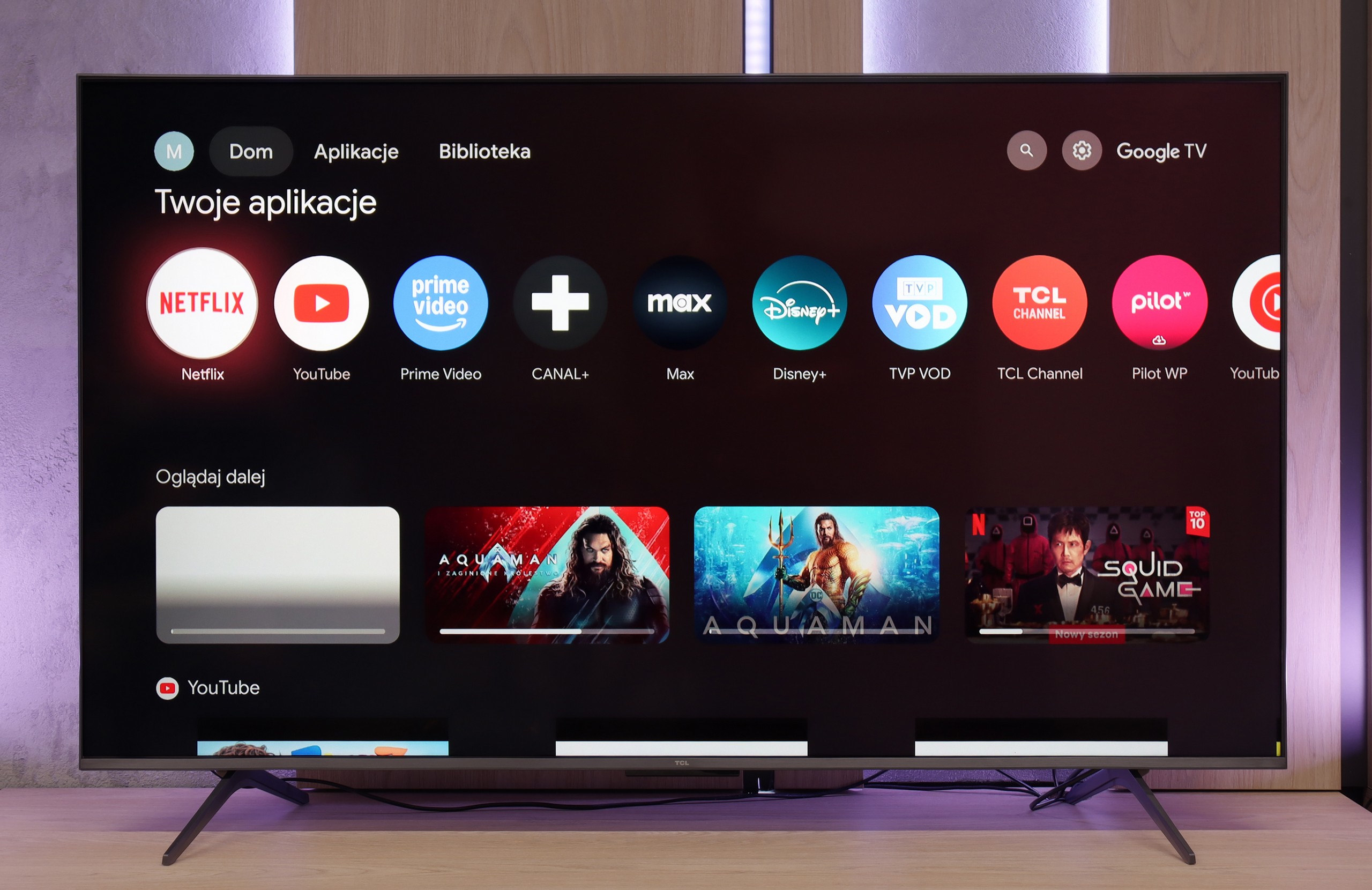
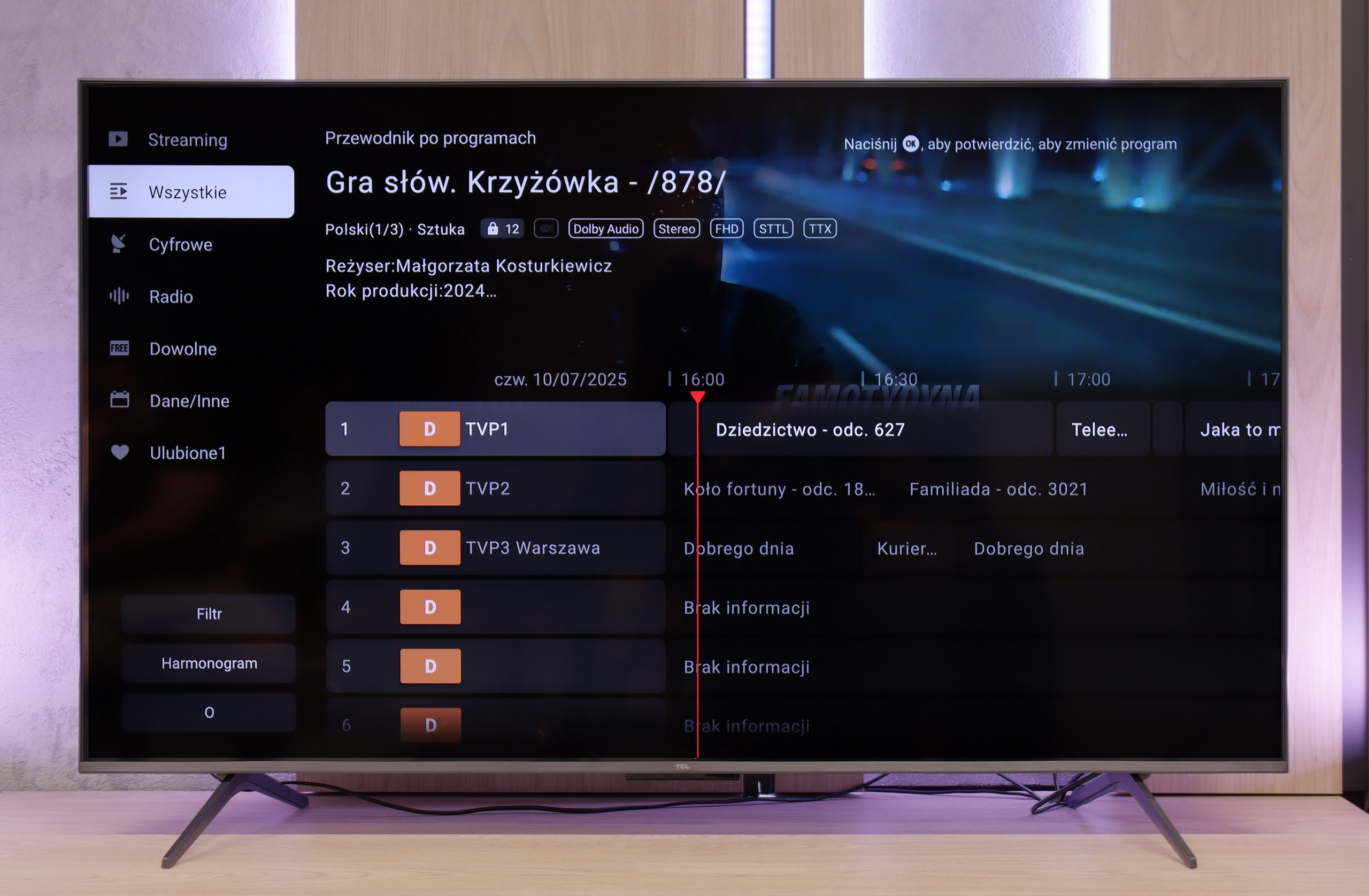
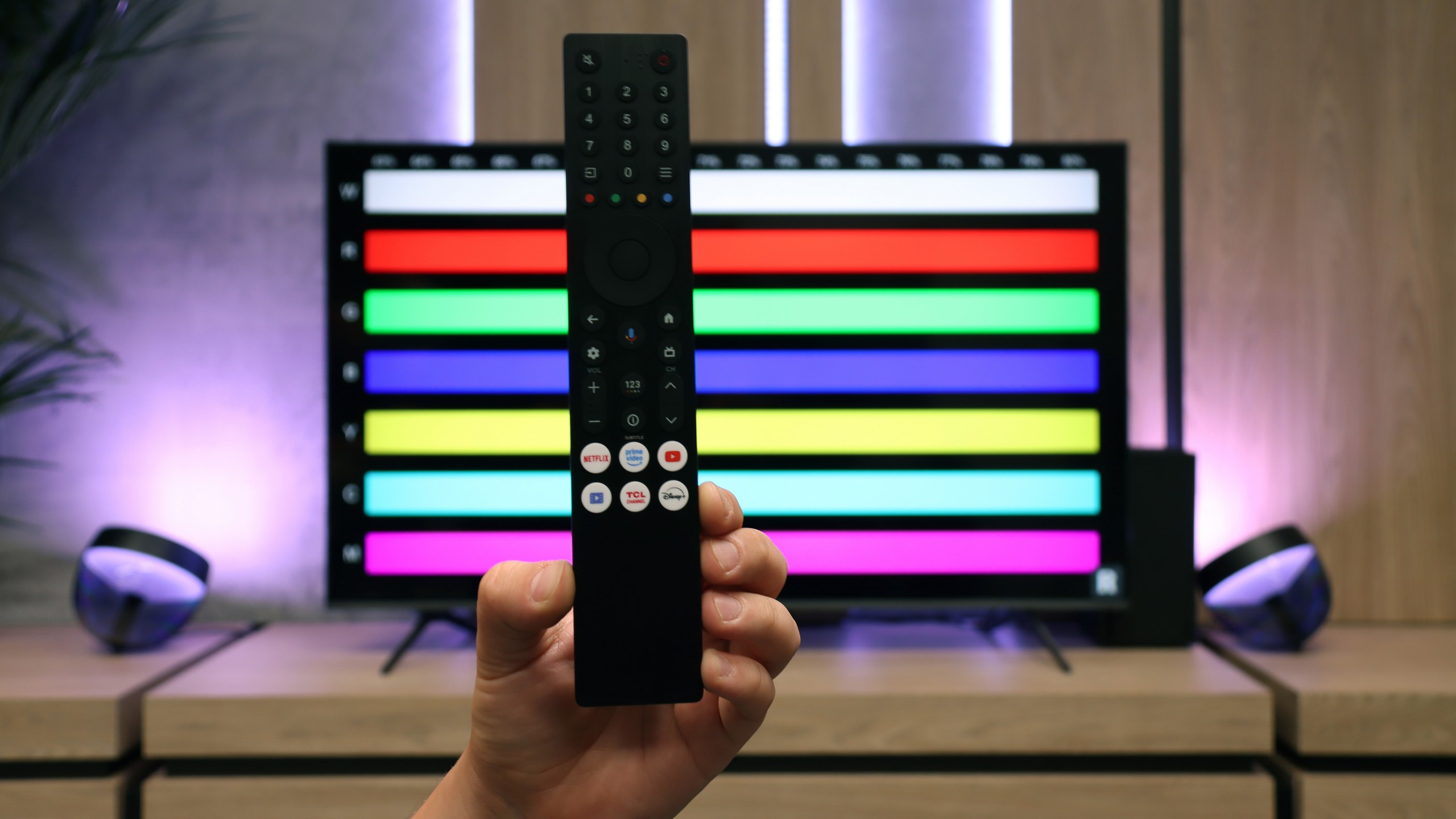
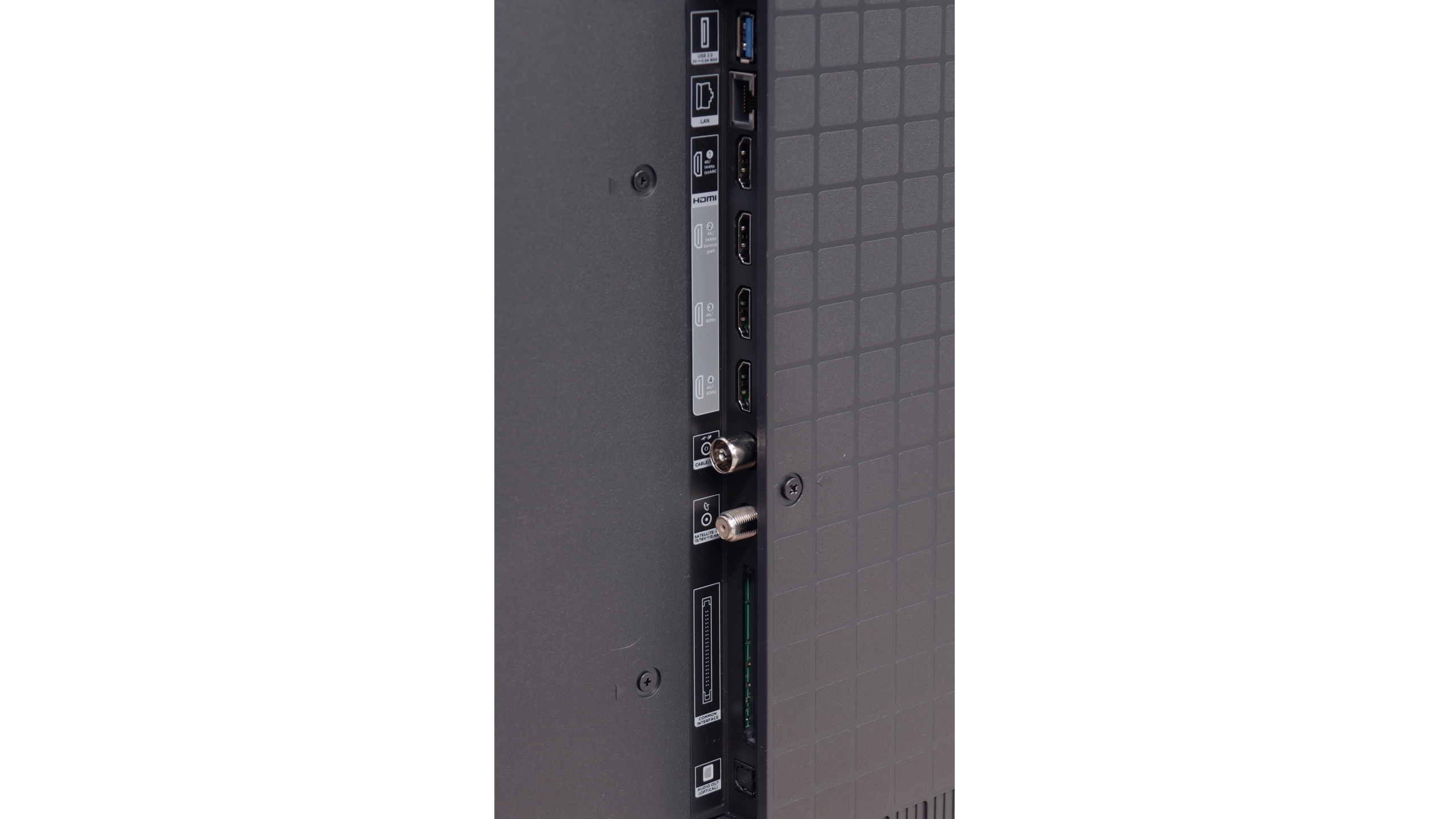
Bravia 9 runs on the Google TV system, which is a significant advantage compared to TVs equipped with proprietary systems from manufacturers, where installing applications from a USB drive can be difficult, and often downright impossible. With Google TV, we have the ability to install virtually any application, both from the official store and directly from online repositories via an APK file.
This system also offers many conveniences in terms of control. We can connect a keyboard with a touchpad, which significantly makes entering queries much easier. Additionally, thanks to integration with Google, we can use voice control features via the remote, which works very well, although there are occasional minor issues with understanding functions and options. It's worth noting that Google TV receives regular updates that enhance functionality and introduce new options. We can also confirm that, according to reports from users of older models, the software has its off days and sometimes has a “bad day.”
In summary: Google TV is currently one of the most popular systems on the market. Thanks to its efficient CPU, it operates very smoothly, doesn’t freeze and has no issues with lagging for a significant portion of usage. It is definitely the best option for those who want to fully utilise the potential of their TV and value system openness.
Multimedia Features: Google TV
The standout feature of the TCL C6K is undoubtedly the Google TV system. It gives the television its character and gives it an edge over many competitors. We have a full suite of services – from support for popular streaming apps, through screen mirroring support, to AirPlay, so iPhone users will feel right at home. Additionally, there's Google Assistant (now in the Gemini AI version), which not only answers questions but also efficiently carries out simple commands like changing channels or searching for content on VOD services. The system itself operates quite responsively, although it’s hard not to mention a certain drawback – the clumsy translations in the Polish menu can elicit a smile but sometimes require a moment of thought to decipher what’s really meant.
Classic Features
When it comes to classic television features, the TCL C6K is rather average. We won’t find USB recording or PiP mode, which may be disappointing for some. However, the manufacturer hasn’t forgotten the basics – teletext television and a clear EPG are available, which still hold significance for some users. In everyday use, support for external audio devices via Bluetooth comes in handy – a straightforward way to connect a speaker or headphones, which could be a practical solution for seniors. Beyond that, it’s hard to spot elements that would distinguish the C6K from its competitors – it’s simply a solid, but standard package of basic features.
Playing files from USB
8.7/10
8.9/10
Supported photo formats:
Maximum photo resolution:

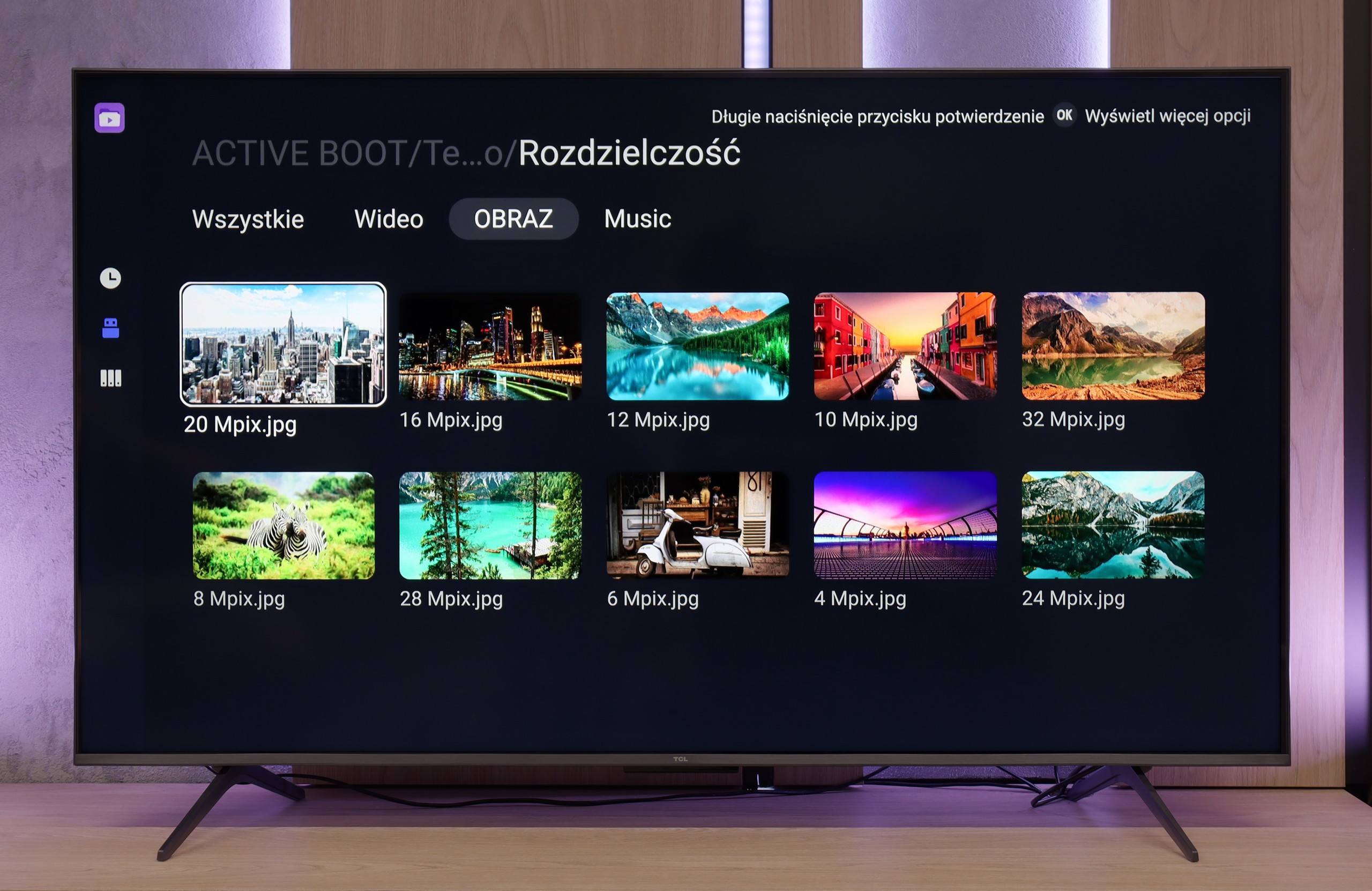
The built-in player in Sony Bravia 9 is quite good. While it’s not without its flaws, it must be said that it plays a significant portion of files without a hitch. However, among the missing features, the lack of support for subtitles in .sub, .txt formats or selectively working image formats can be bothersome, with only JPEG and HEIC available. This isn’t really a problem considering the ease of installing applications like VLC or KODI.
The built-in media player in the TCL C6K performs really well – practically all popular file formats work without major issues. There are minor exceptions, particularly with less common codecs or unusual video file configurations, but in everyday use, this rarely becomes noticeable. The biggest plus, however, is that the television runs on Google TV, which offers complete freedom in choosing additional software. If someone encounters a file that the standard player can't handle, all they need to do is install an alternative – like VLC – and the problem disappears.
Apps
9.6/10
9.6/10














































Sound
9.4/10
6.5/10
- Maximum volume--
- Dolby Digital Plus 7.1
- Dolby True HD 7.1
- Dolby Atmos in Dolby Digital Plus (JOC)
- Dolby Atmos in Dolby True HD
- DTS:X in DTS-HD MA
- DTS-HD Master Audio
We must admit that the sound coming from the Sony Bravia 9 left us quite astonished. Of course, we knew it was a top-of-the-line product, but we didn’t expect such sound quality. You can easily hear each instrument individually, and the bass adds the right depth to the whole experience. With a clear conscience, we can say that this is the best sounding television we have had the chance to test. Of course, we realise that people opting for such a television already have their own home theatre setup. And here there won't be any major obstacle, as the Bravia 9 supports DTS-HD Master Audio and Dolby Atmos.
In terms of audio, the TCL C6K performs quite well. The manufacturer has been boasting about its collaboration with the Onkyo brand for several years, and it indeed reflects on the sound quality. The sound is pleasant, with clear mid-tones and fairly crisp highs, and overall, it gives the impression of being well-balanced. Of course, it won't replace a proper soundbar, especially regarding bass depth, but for built-in speakers in a TV from this price segment – it’s really quite good.


